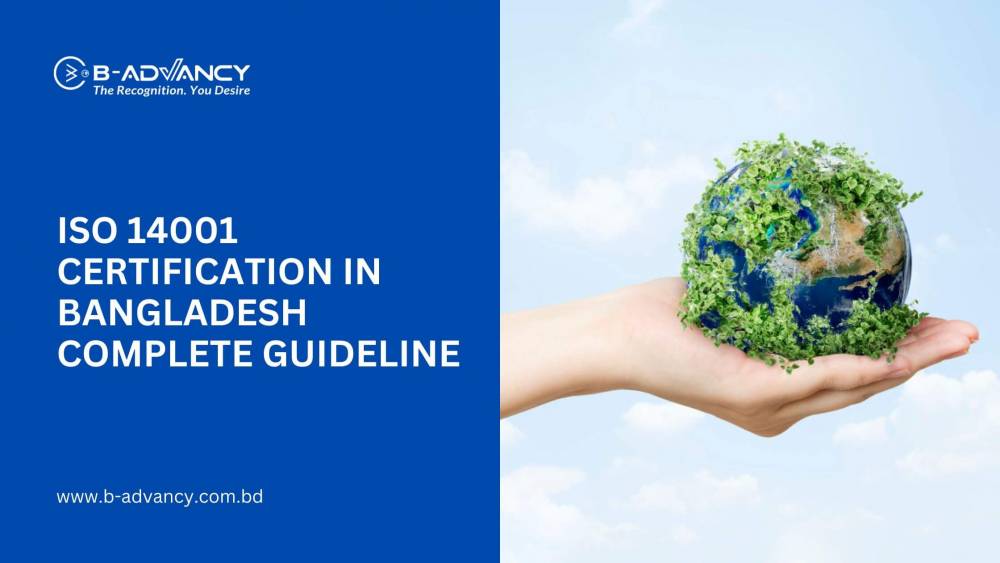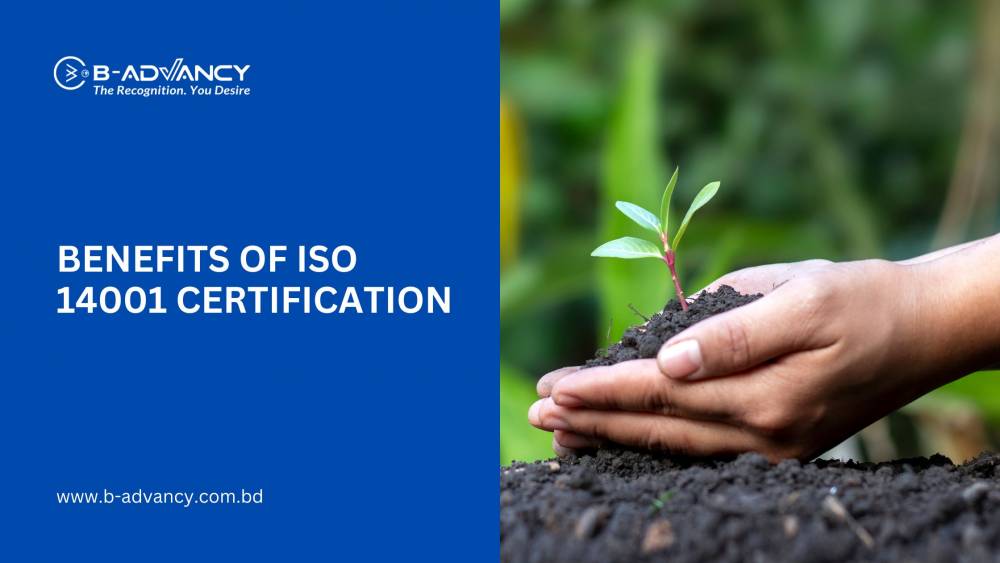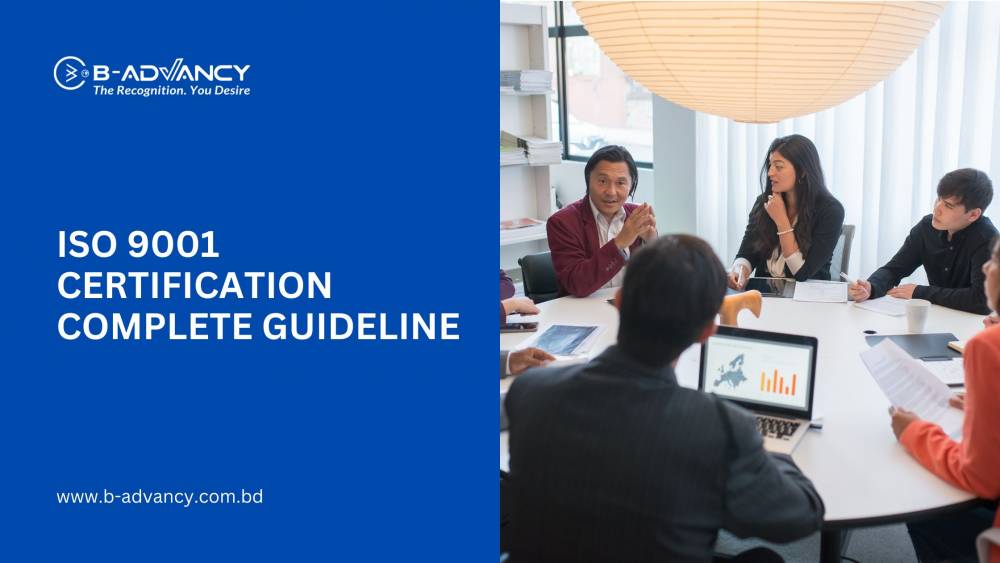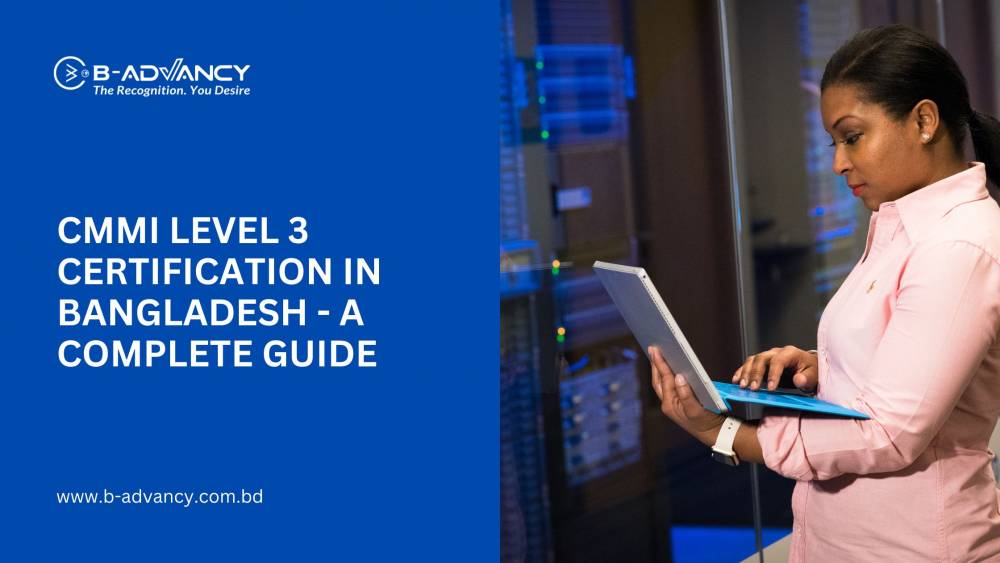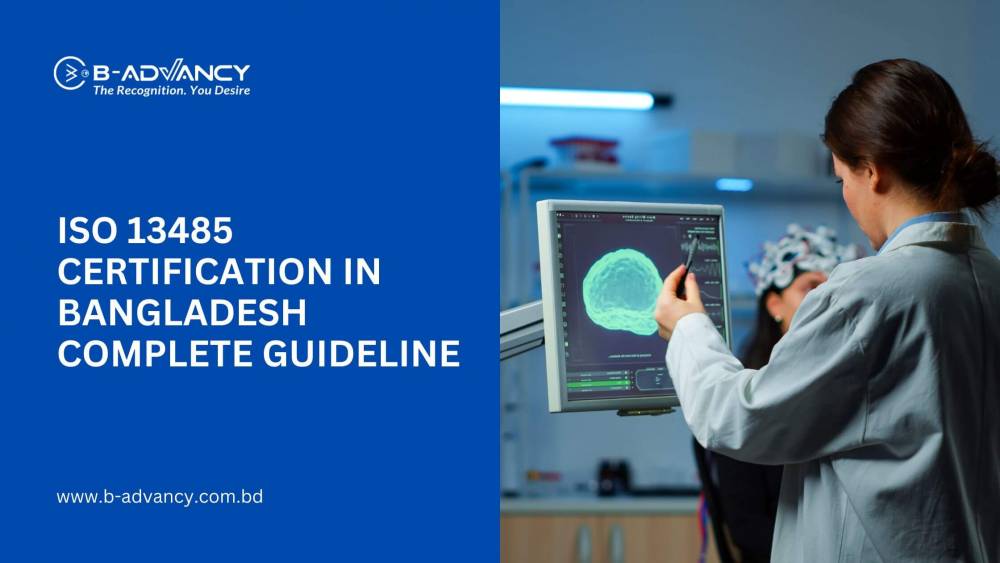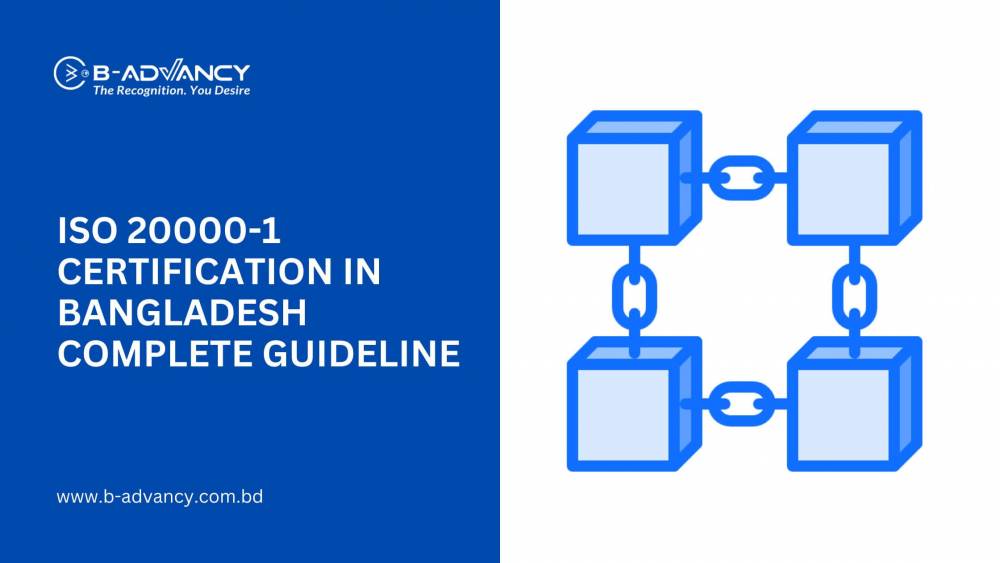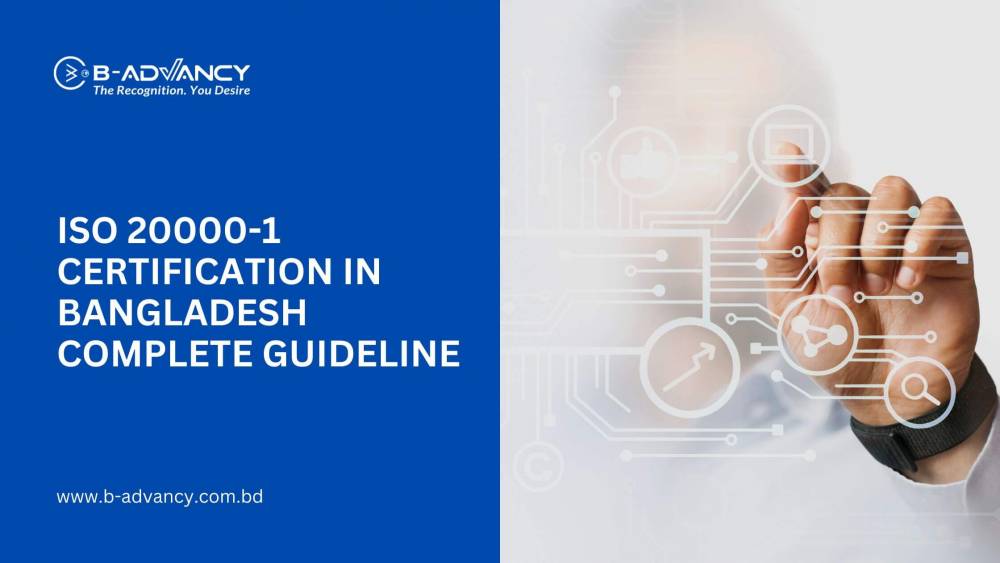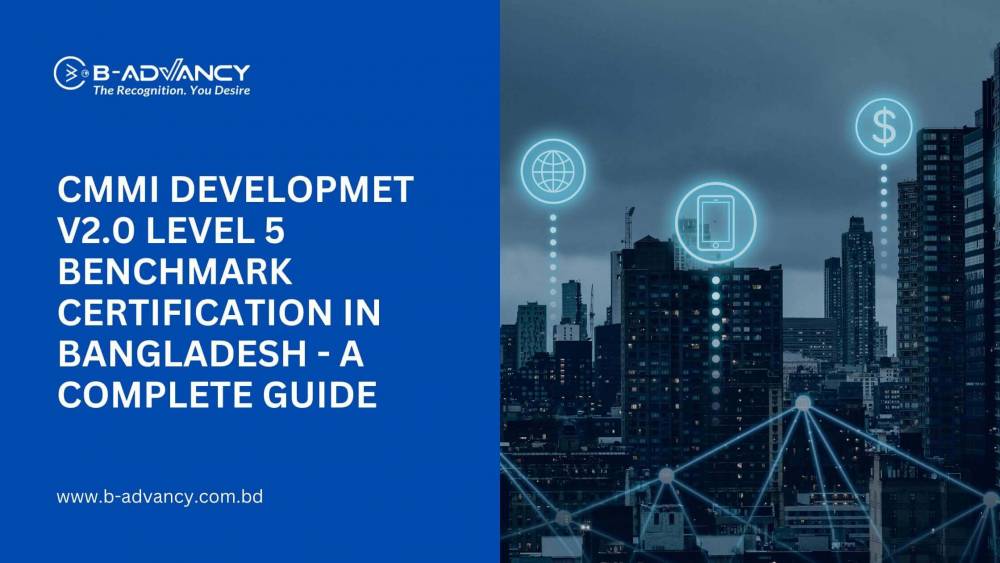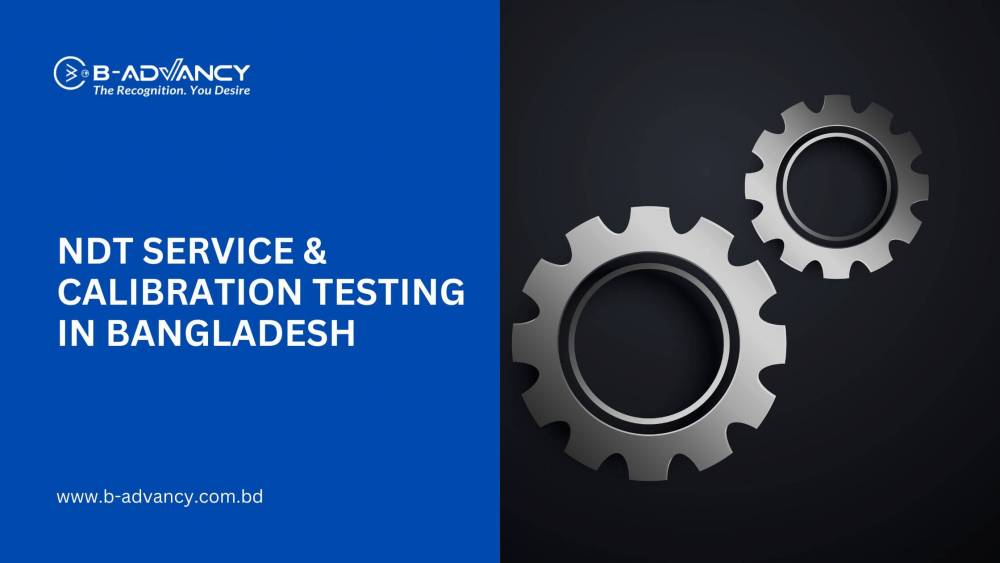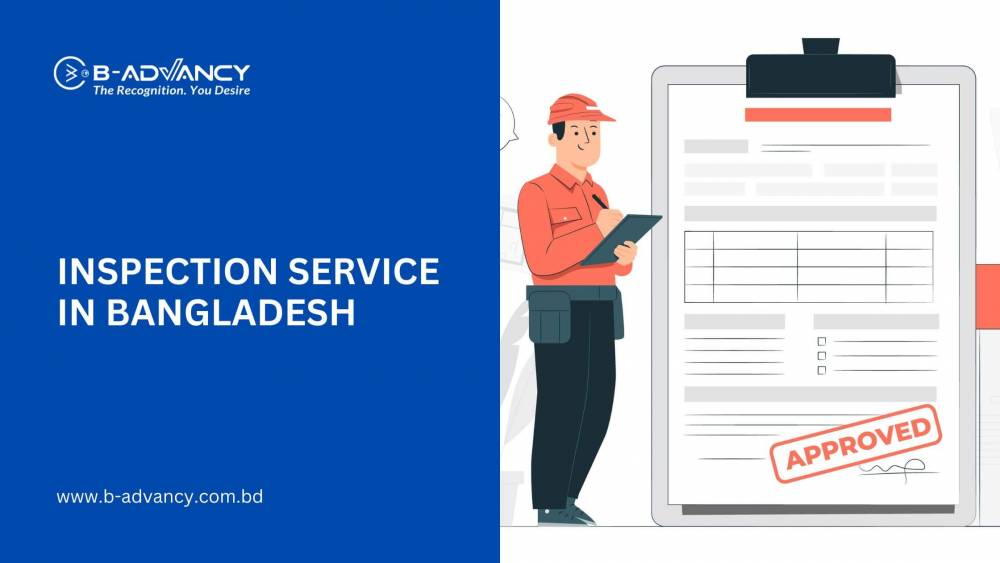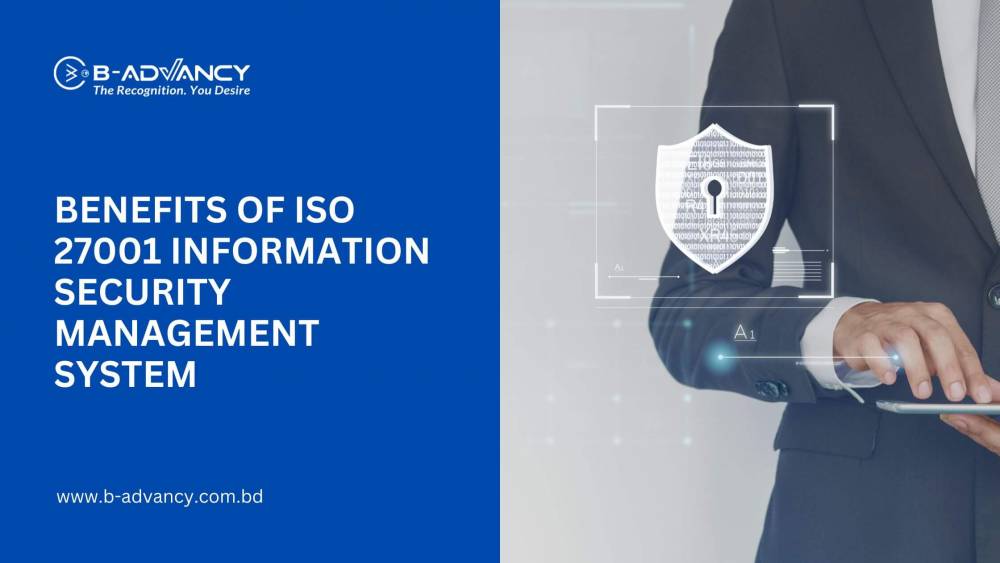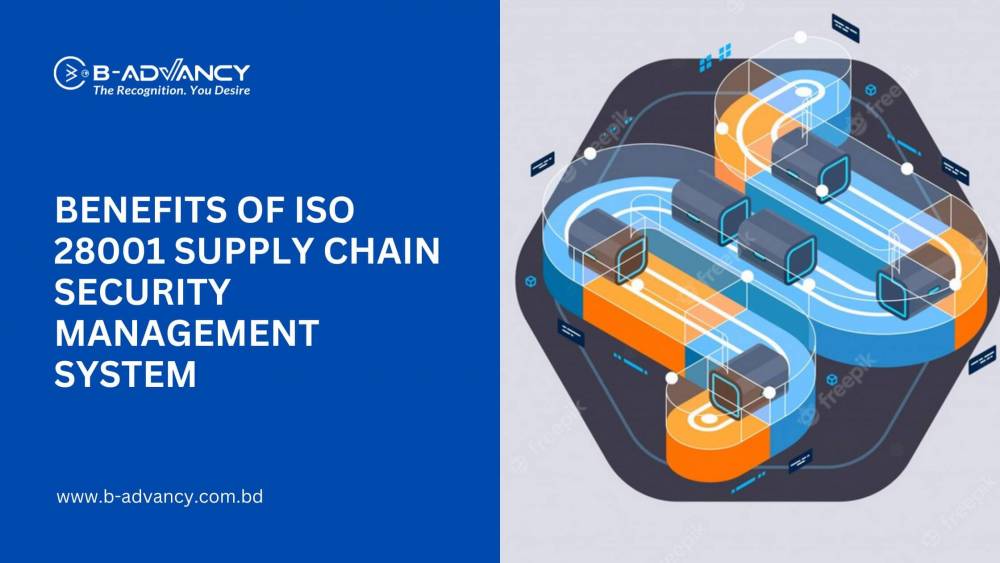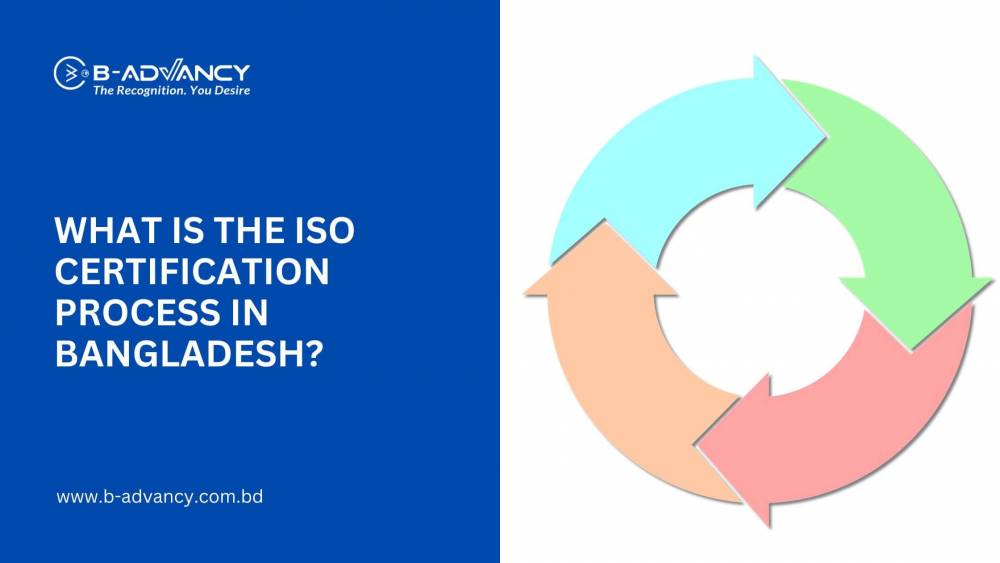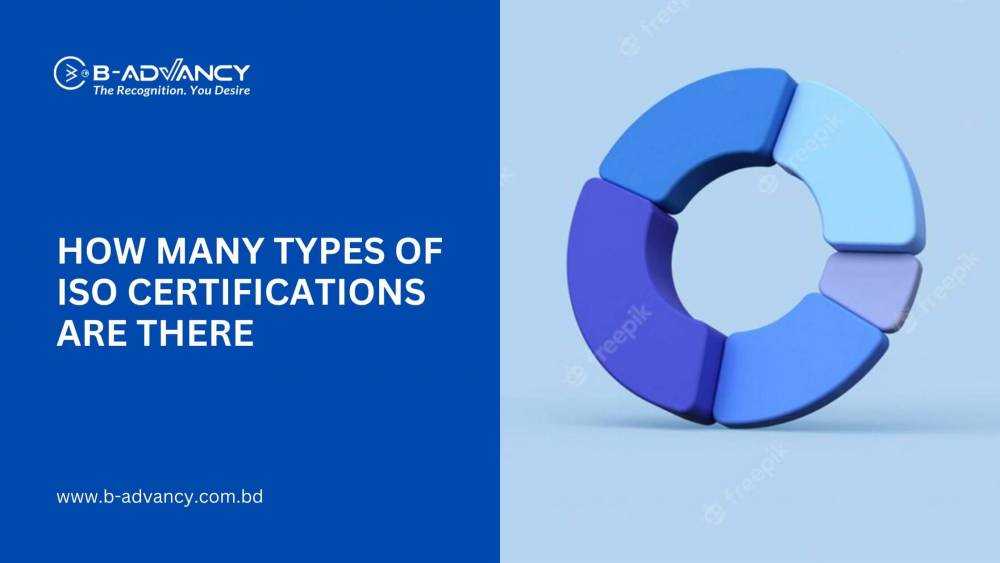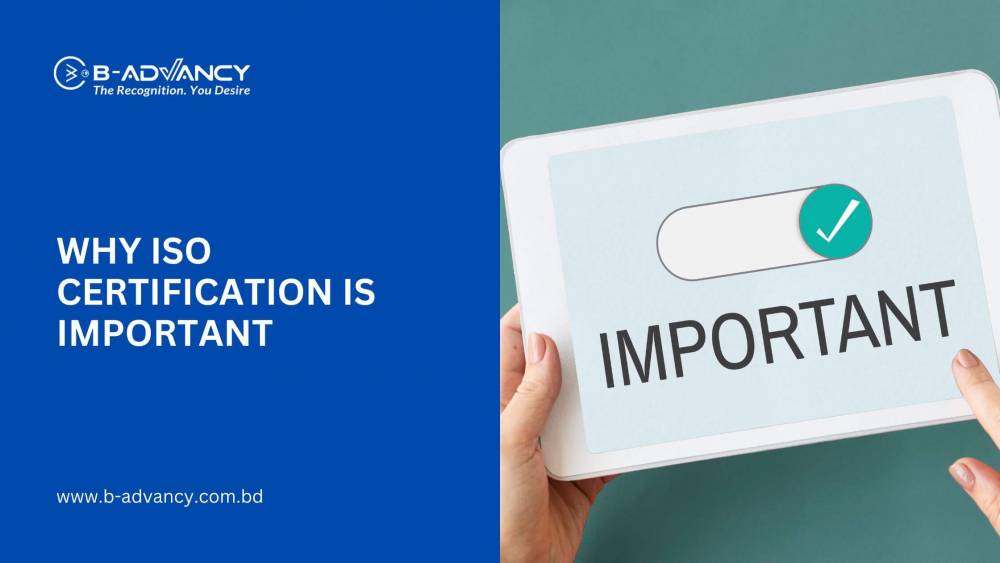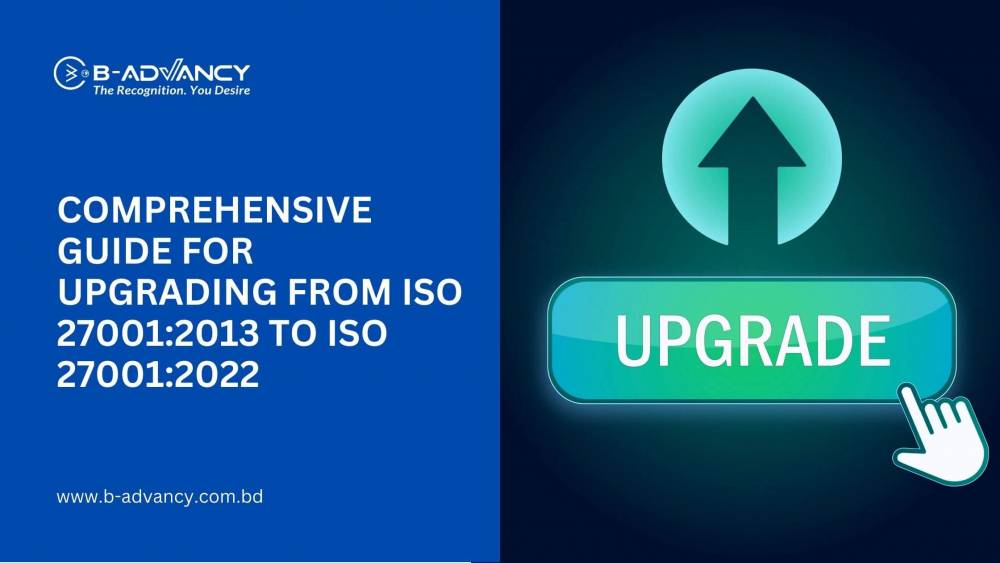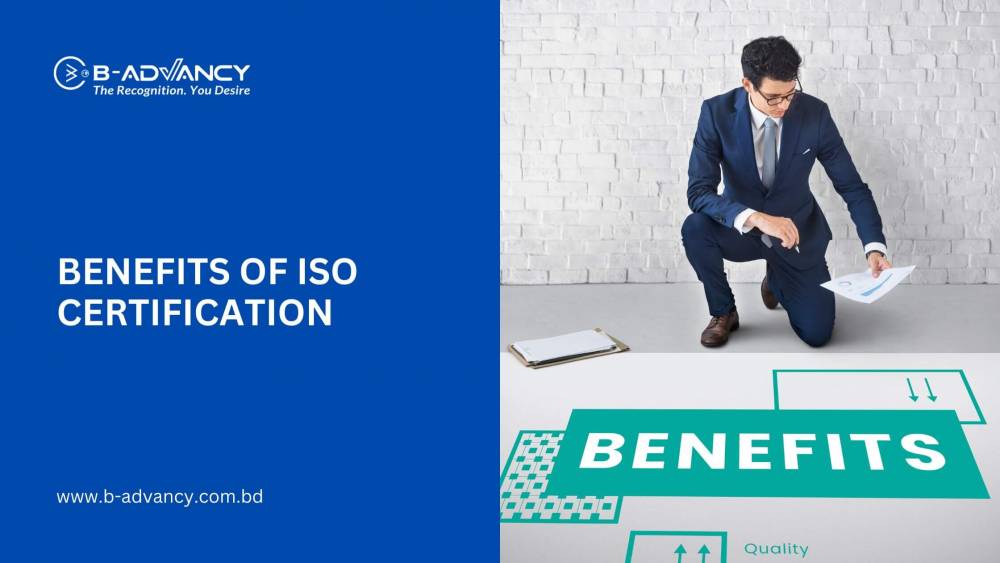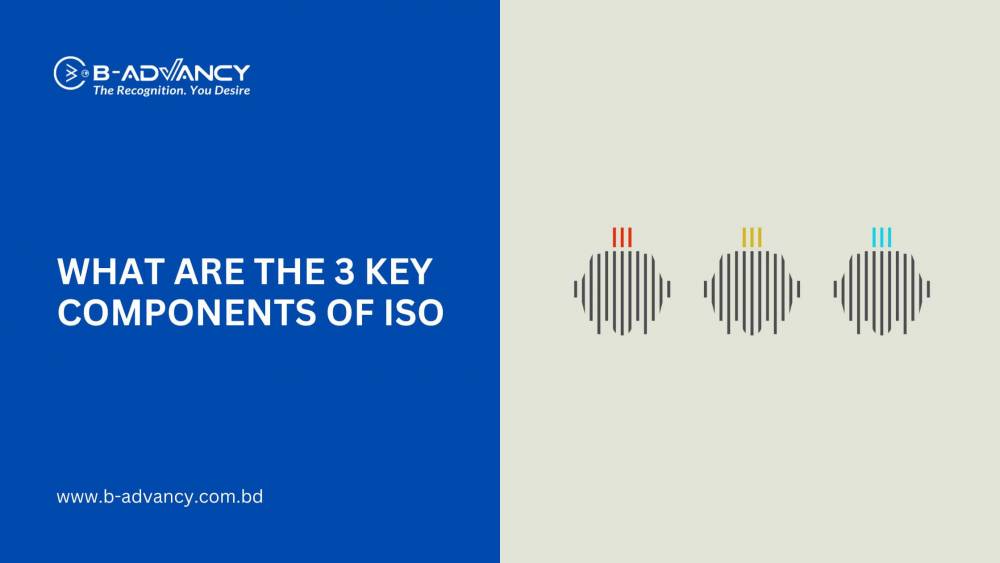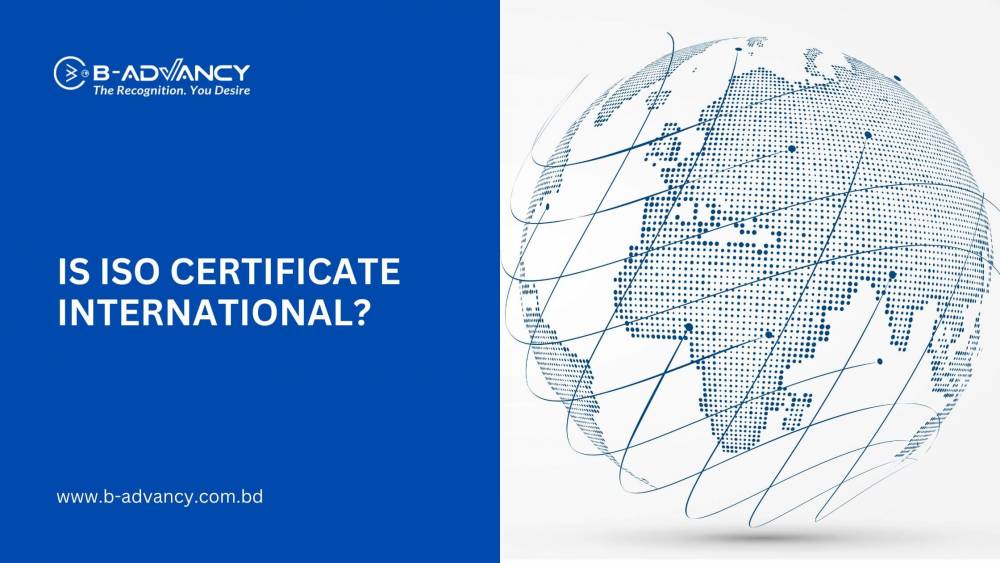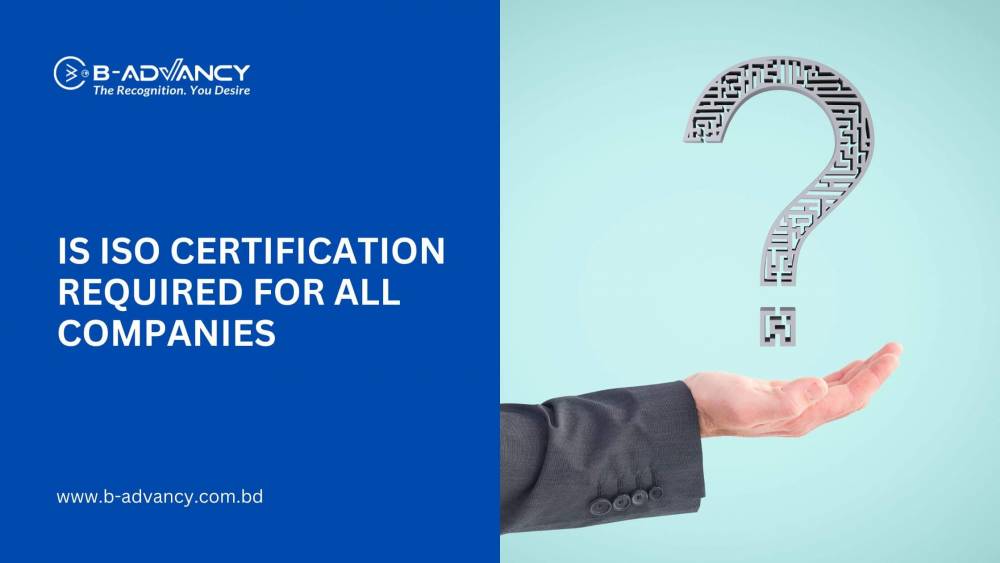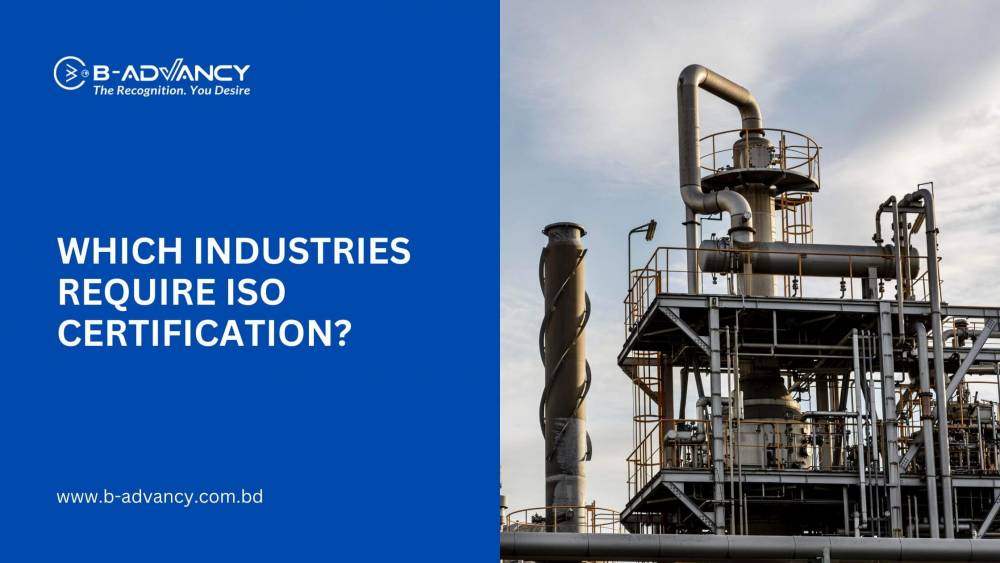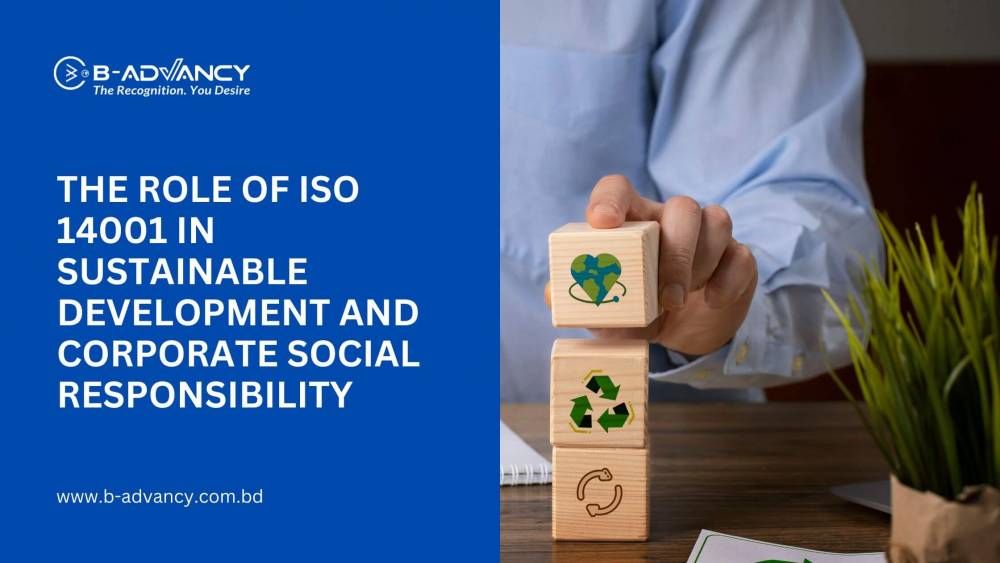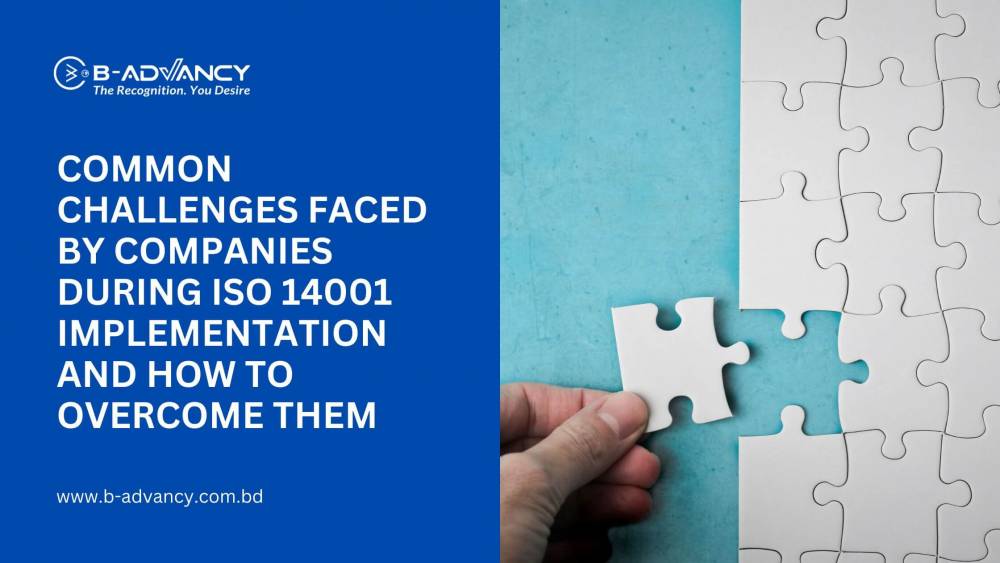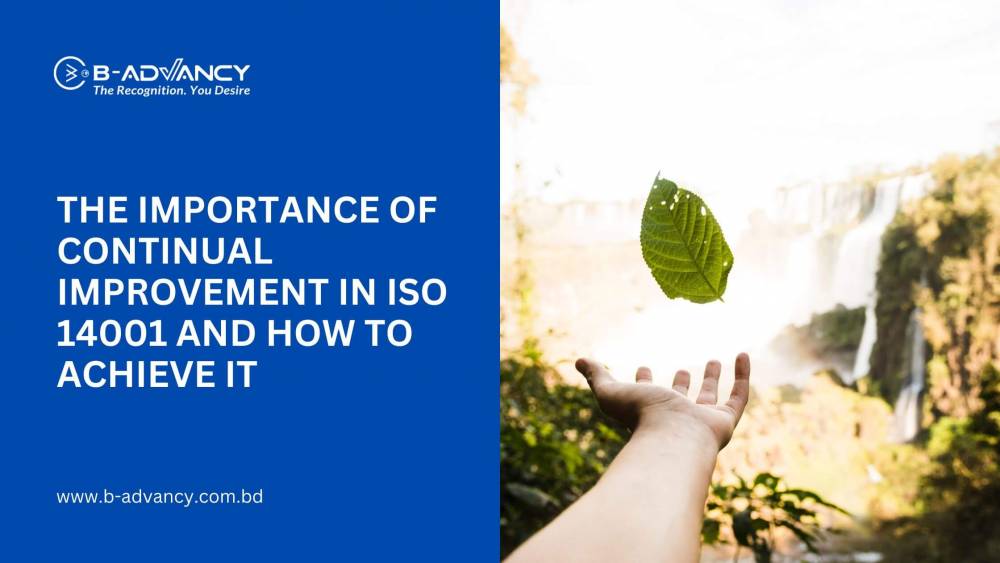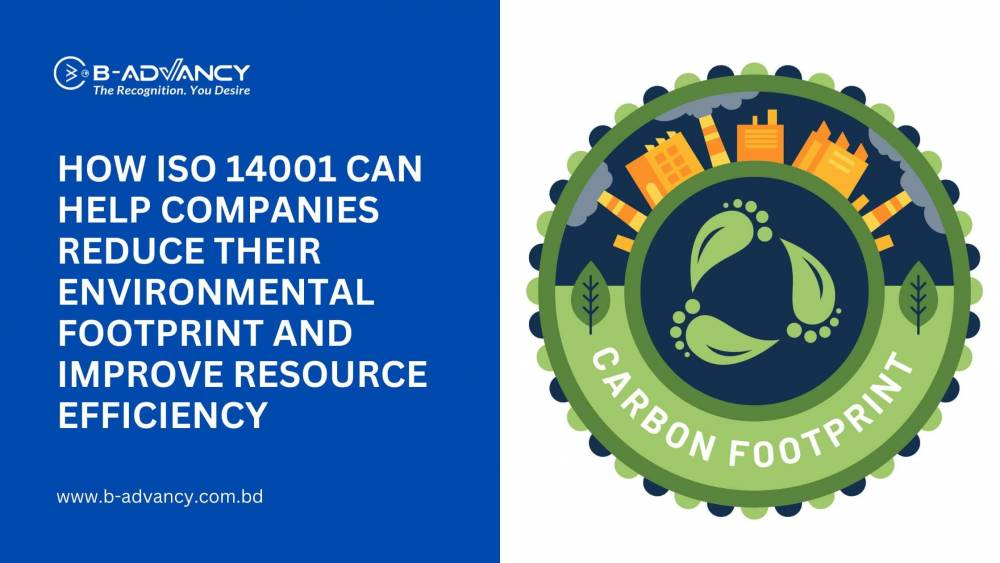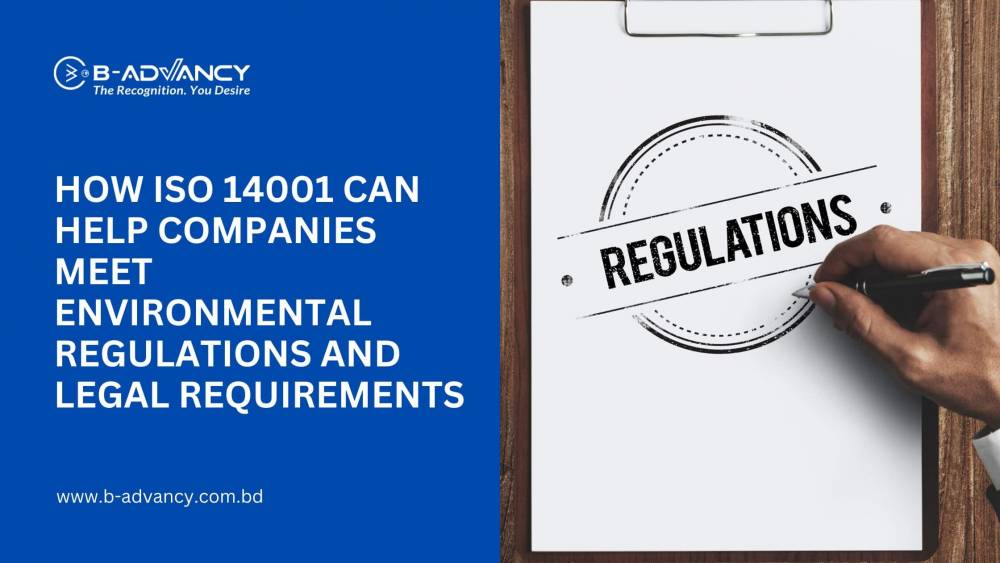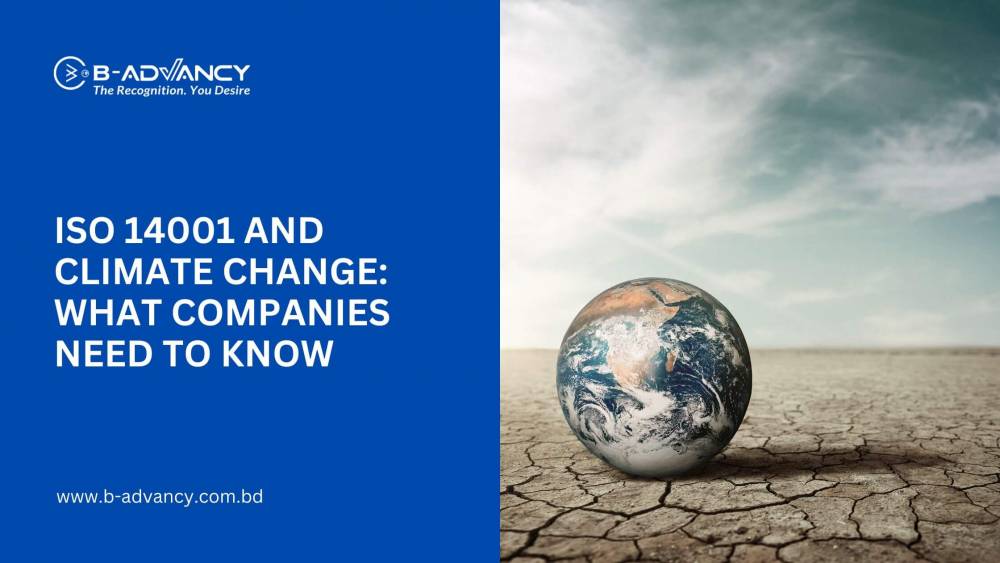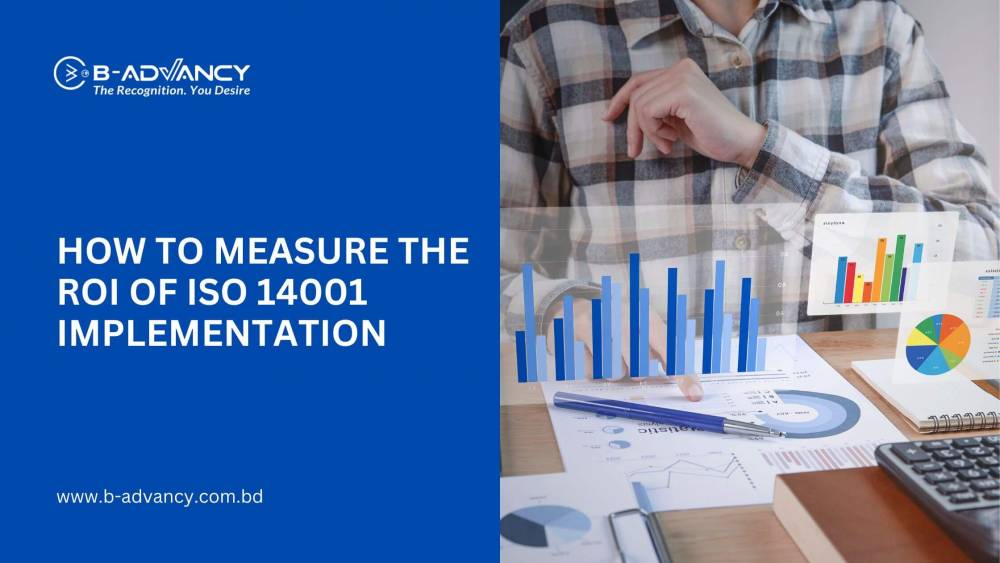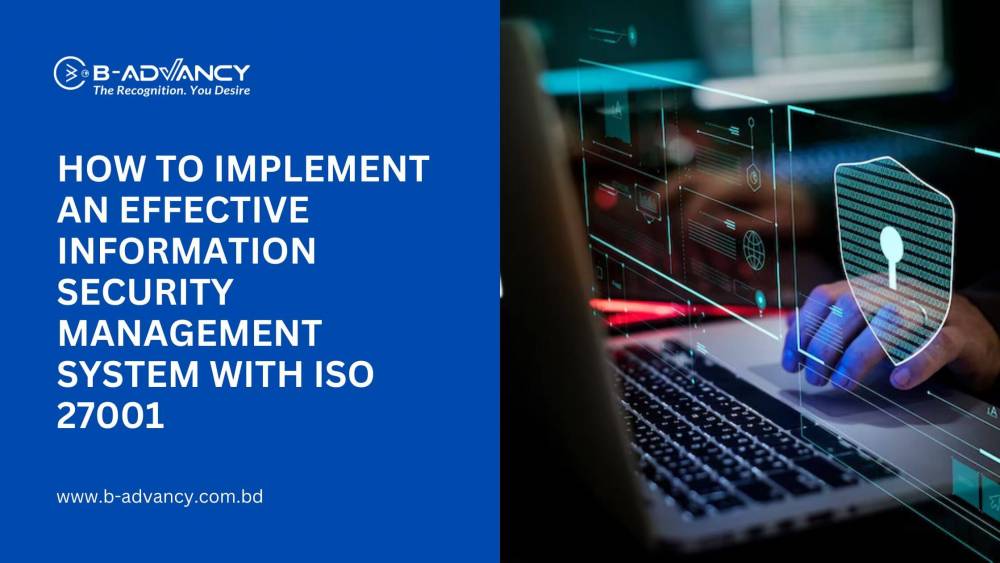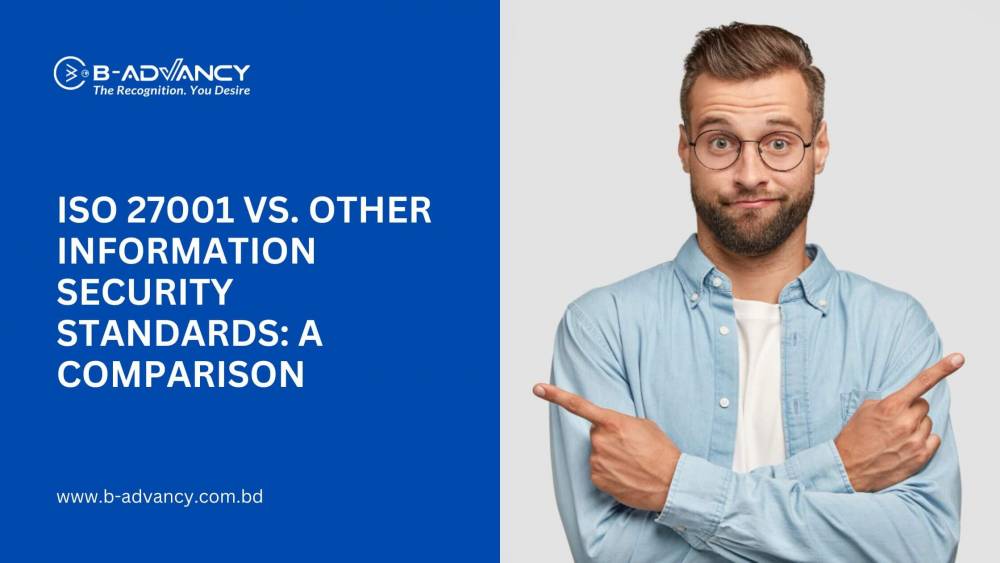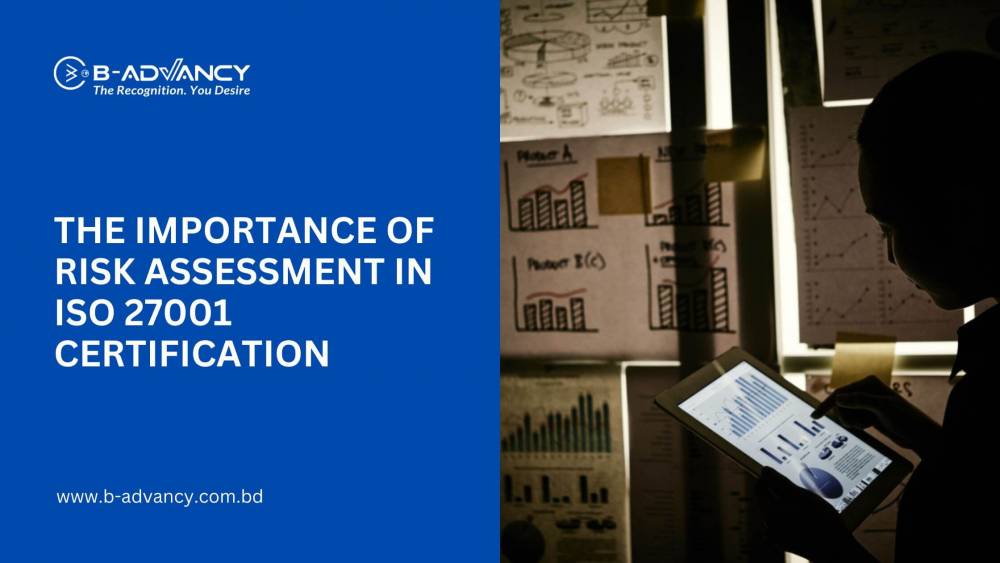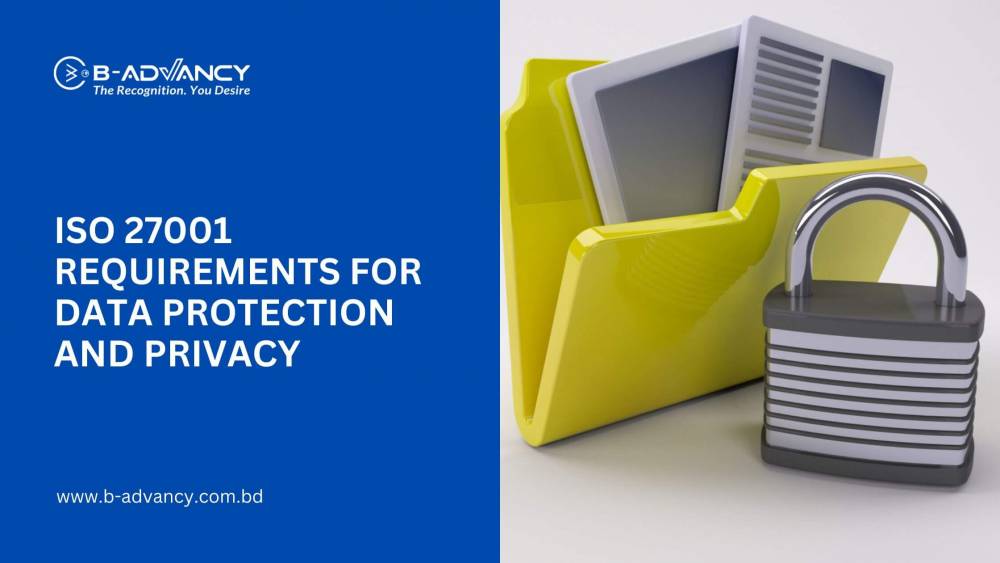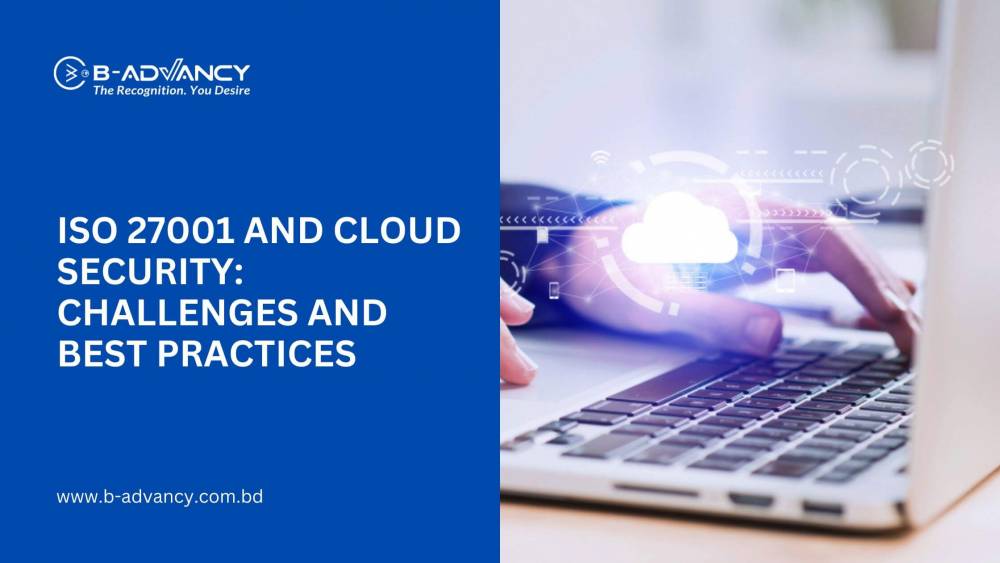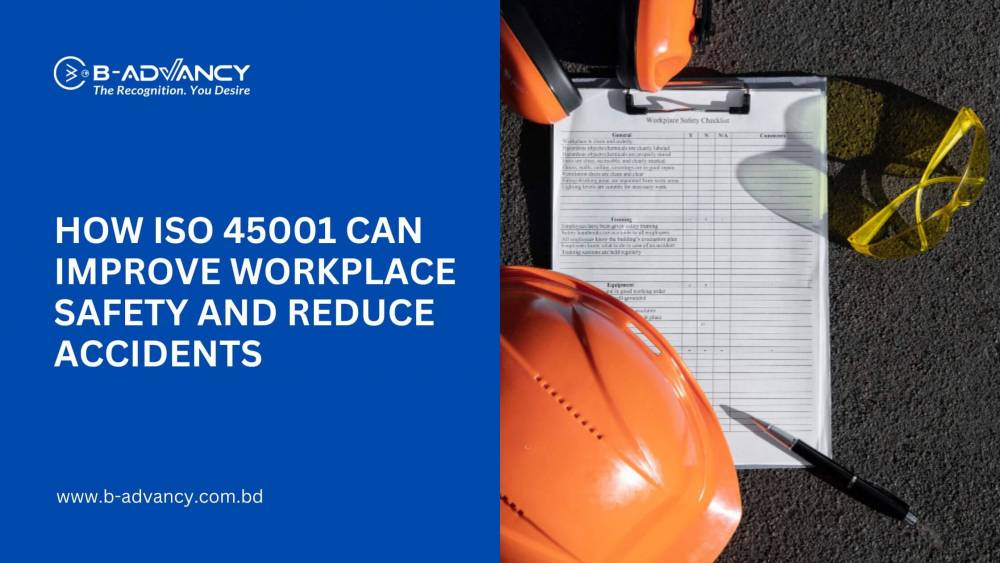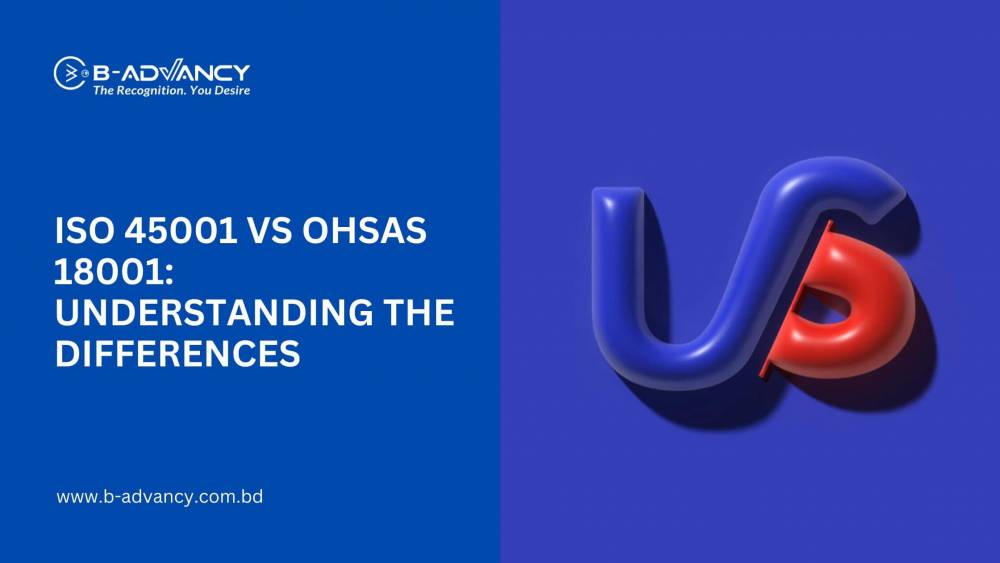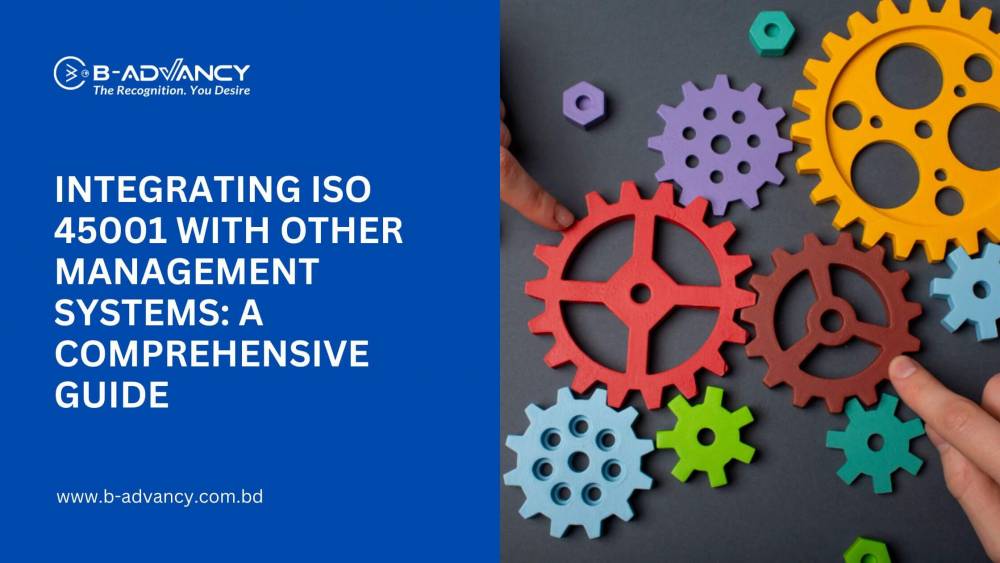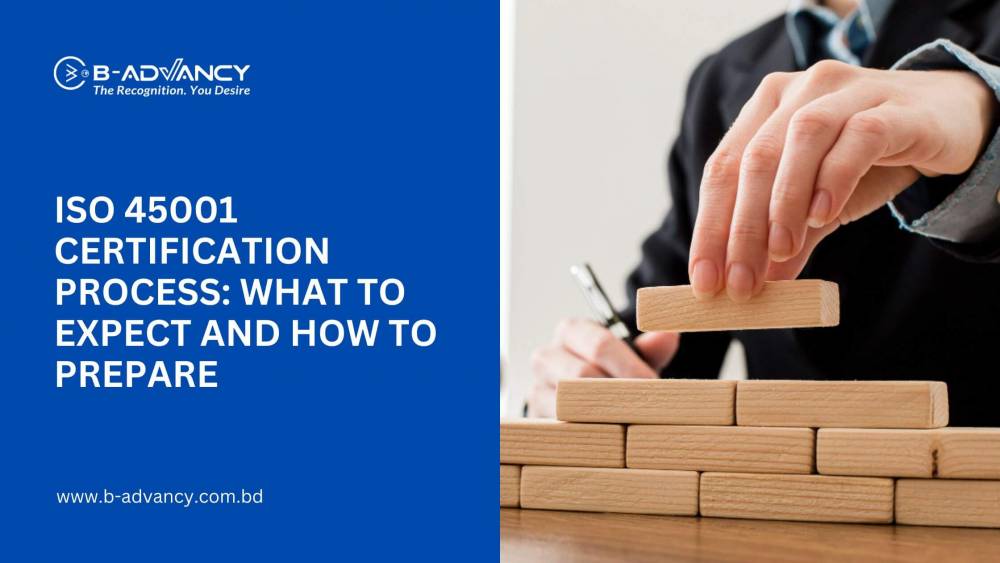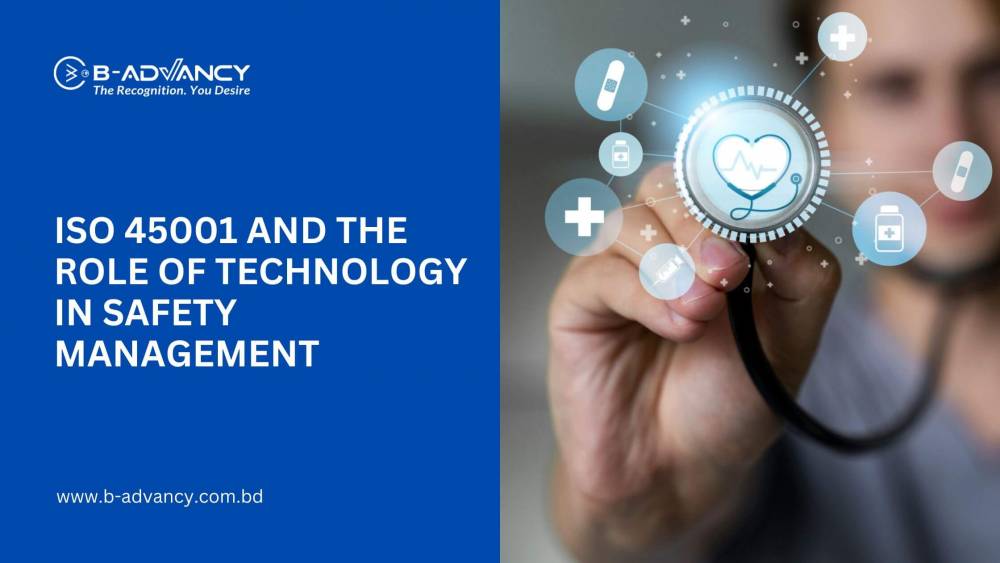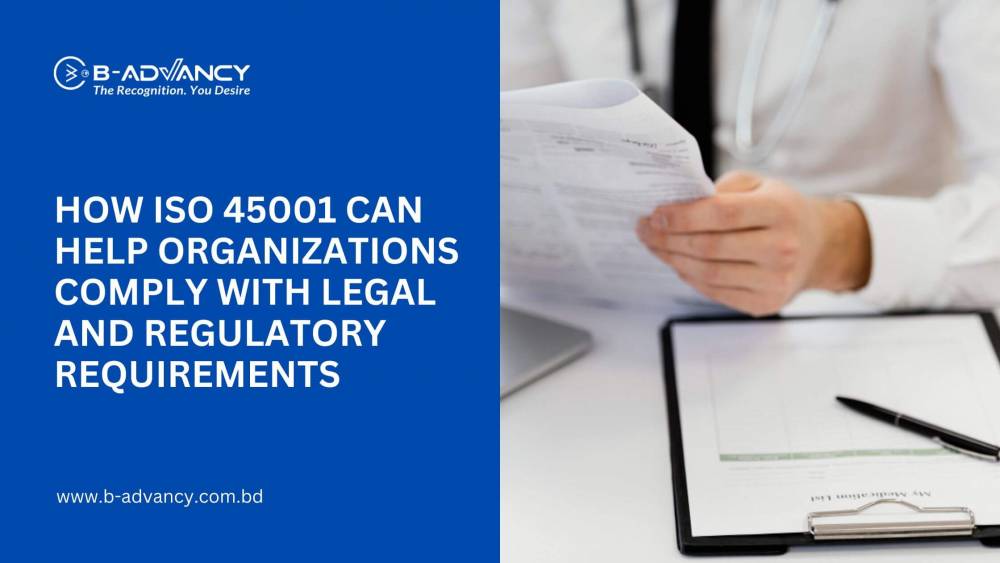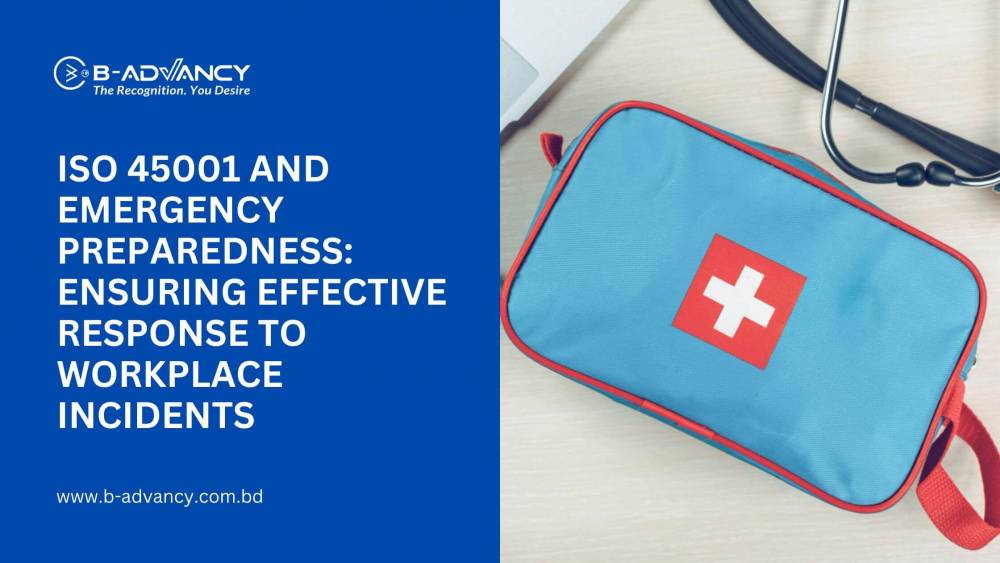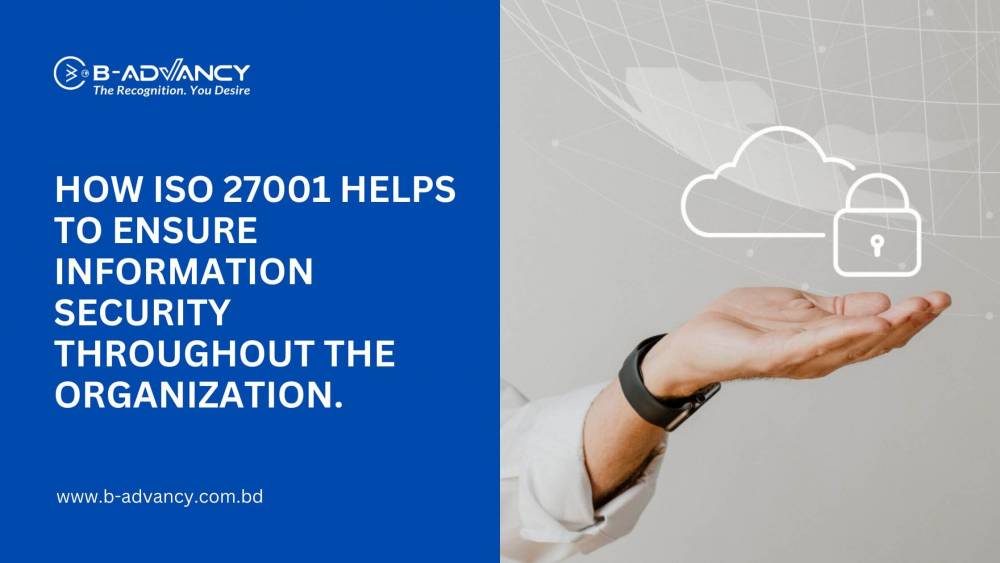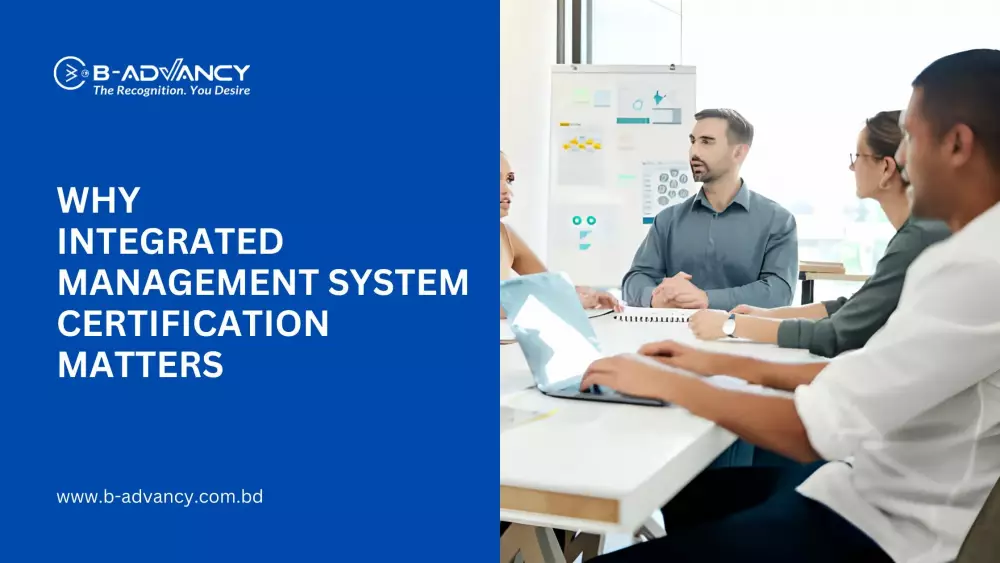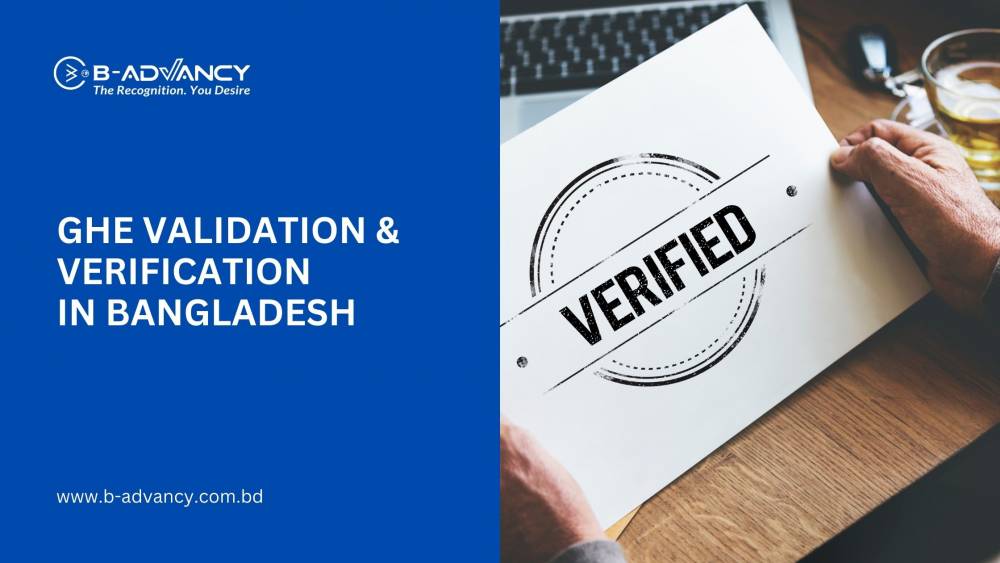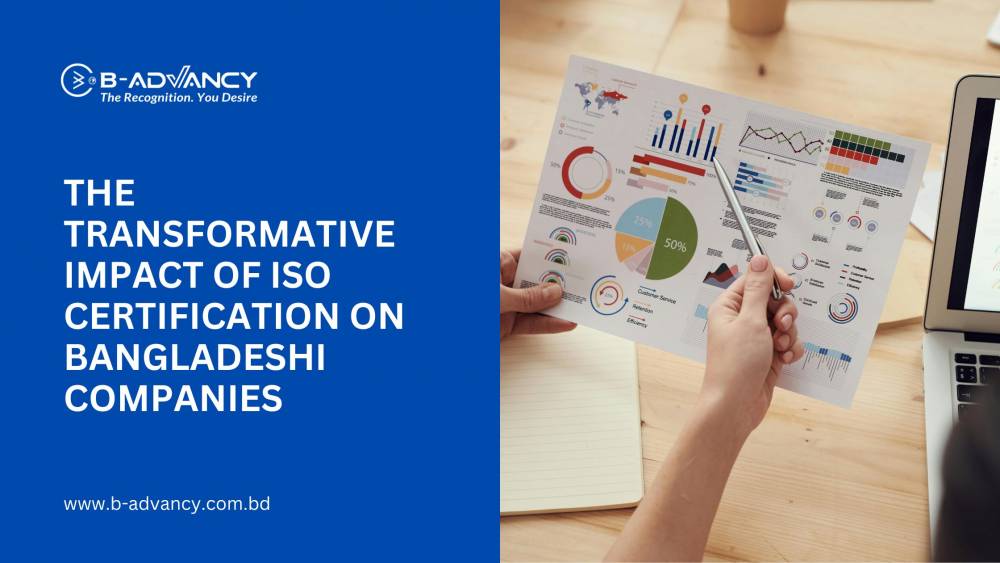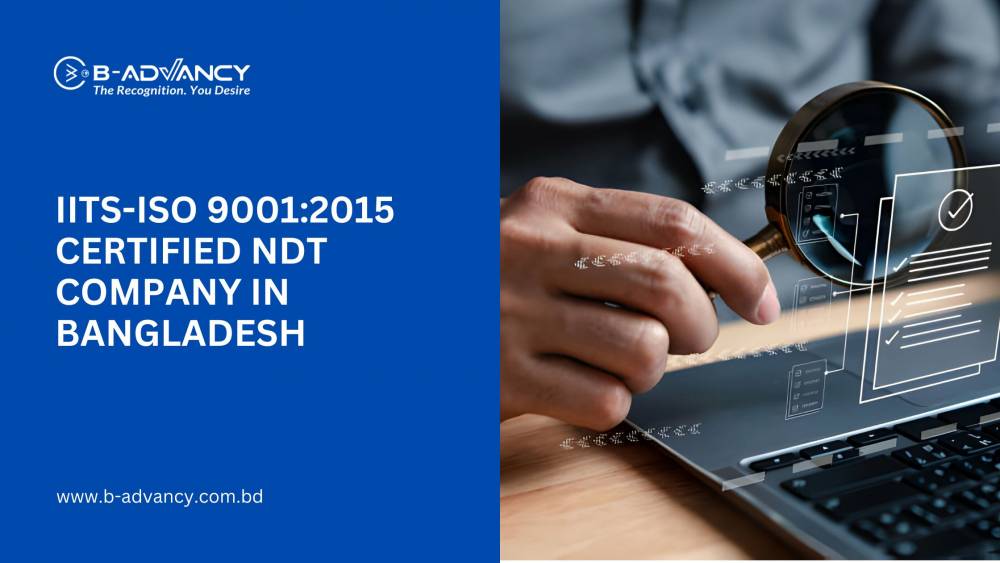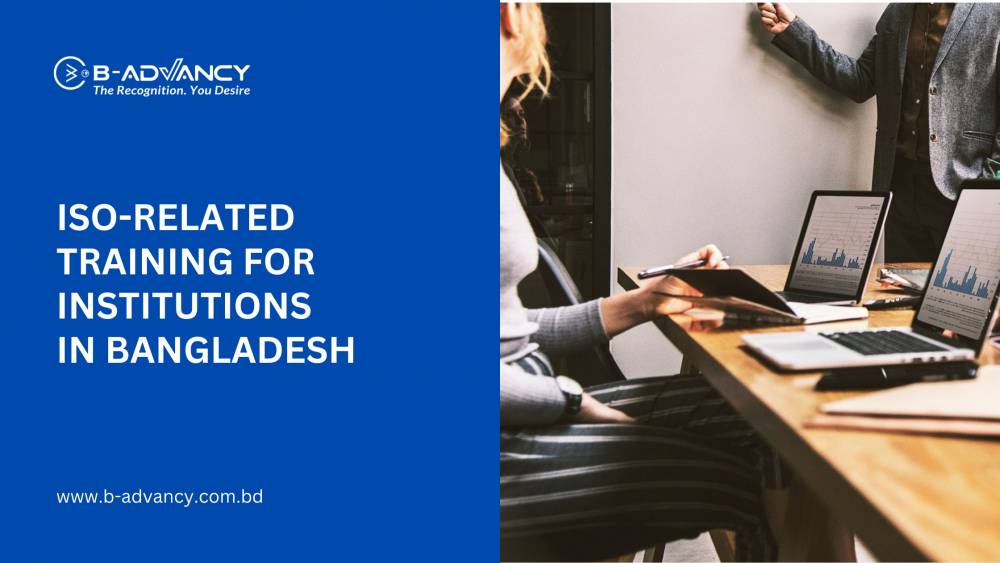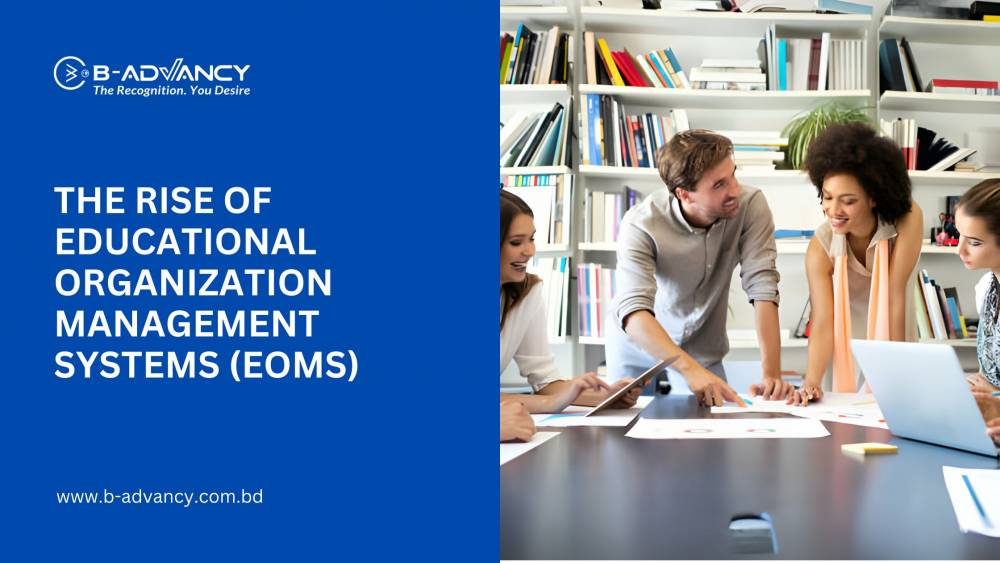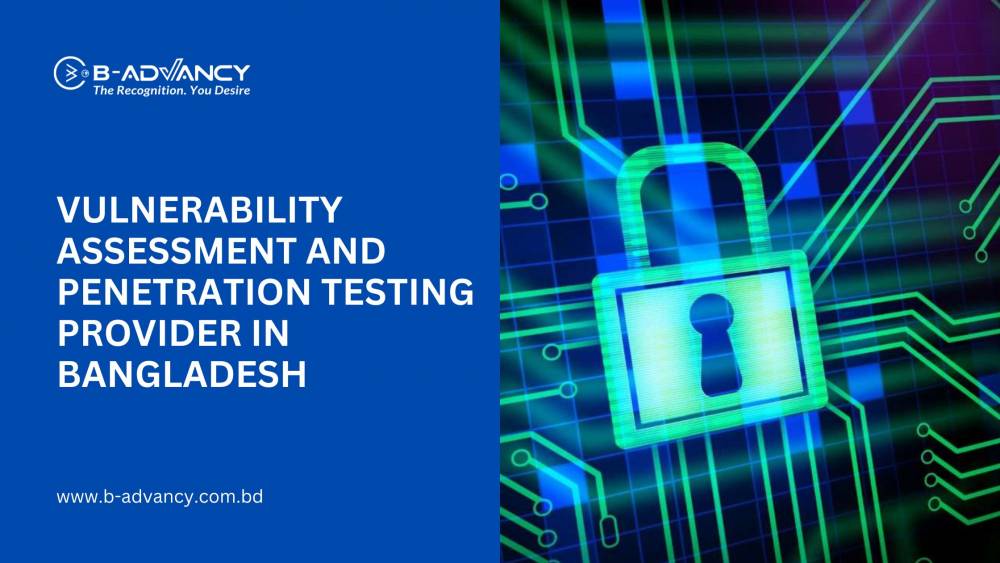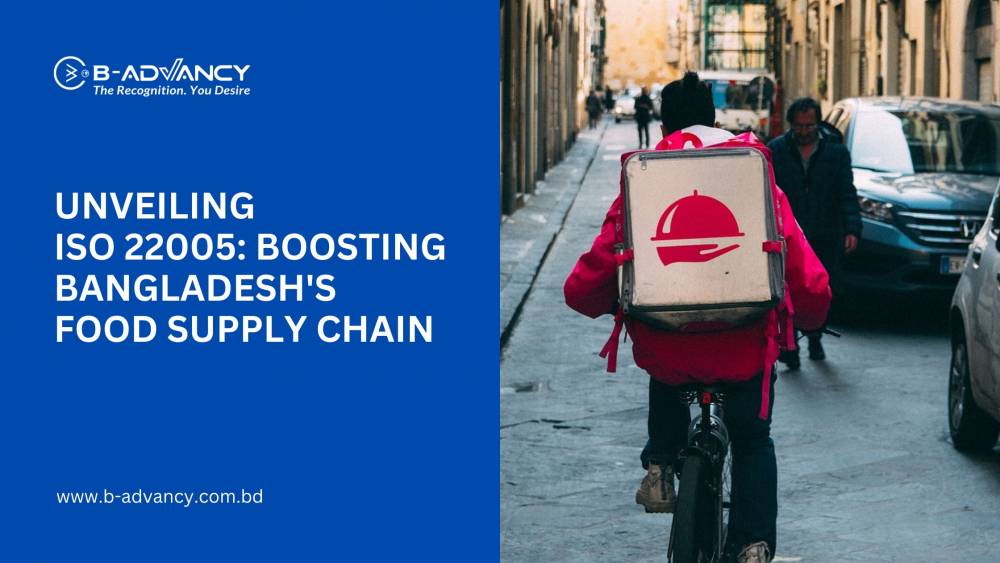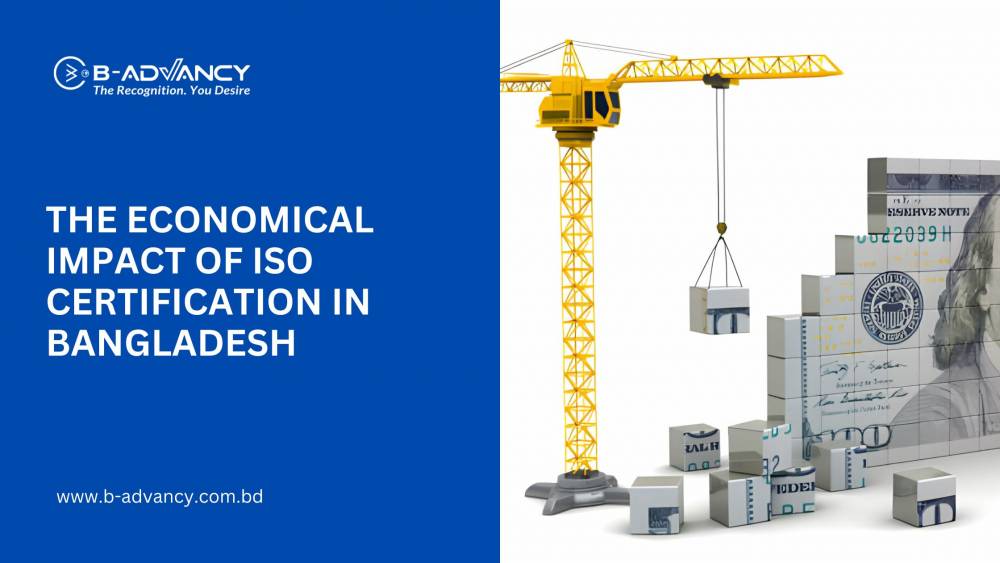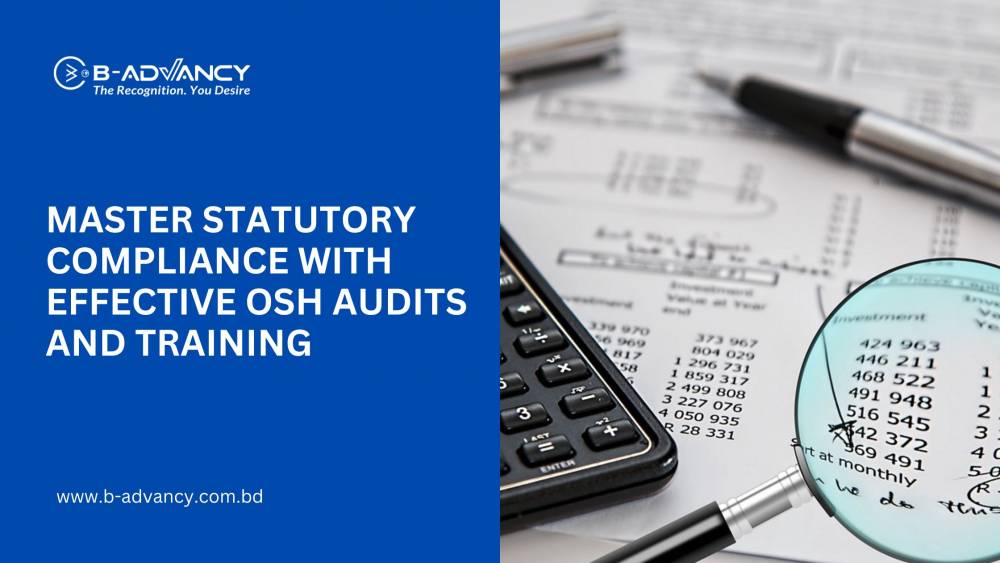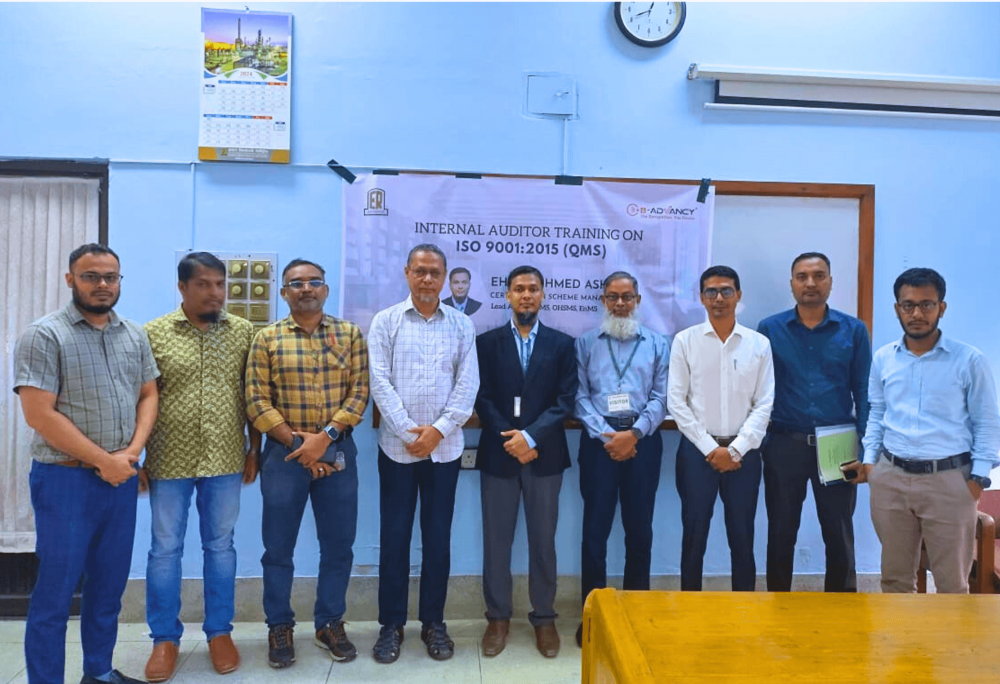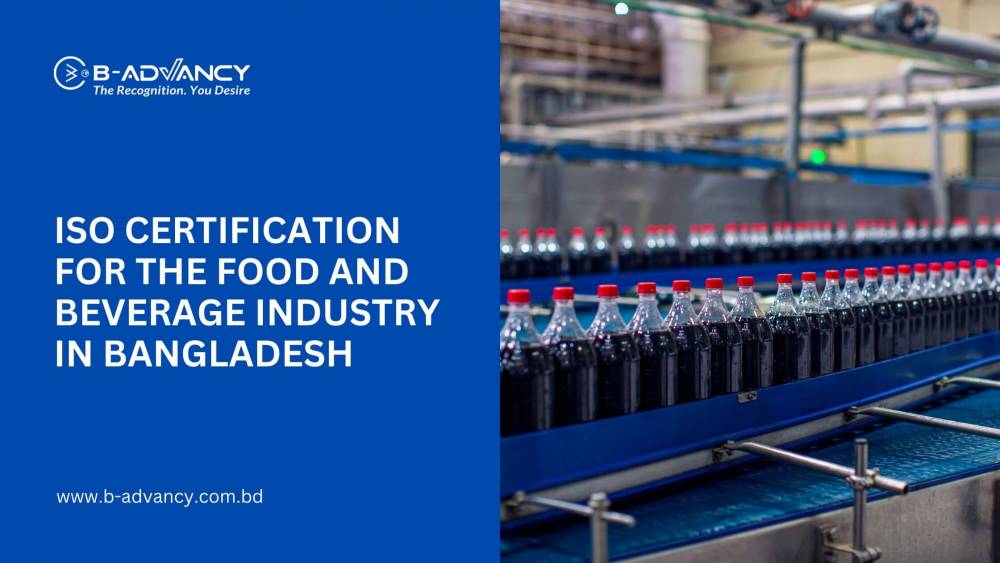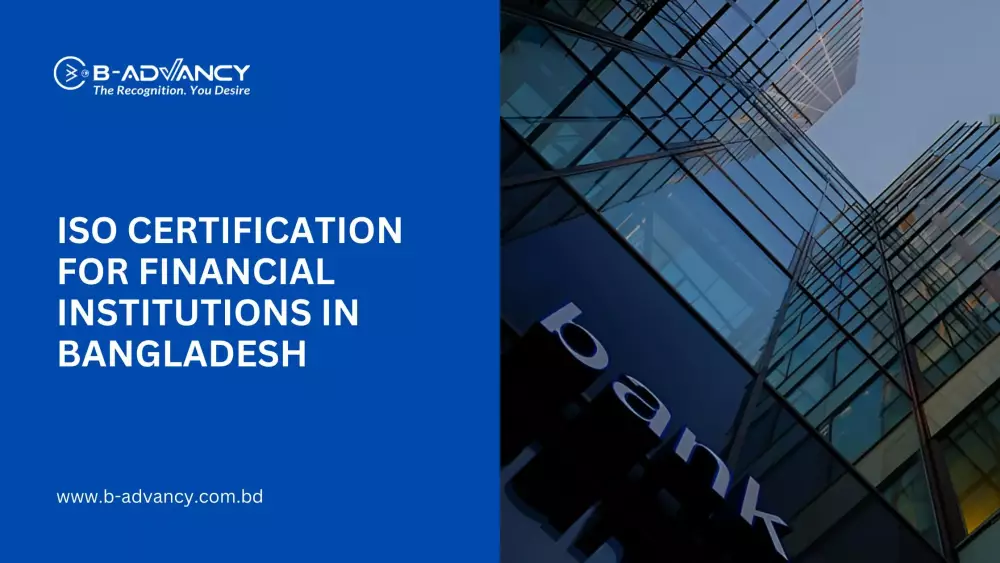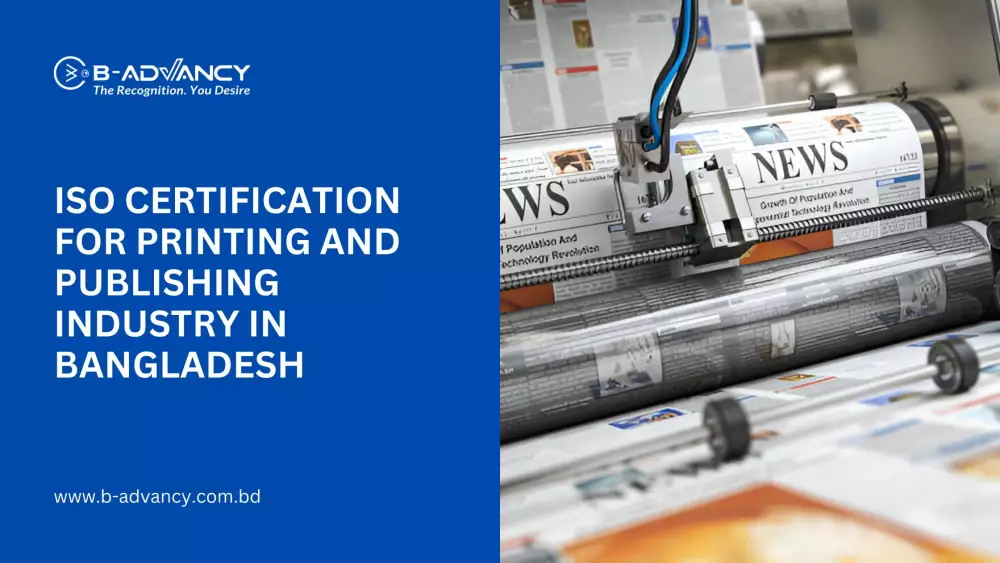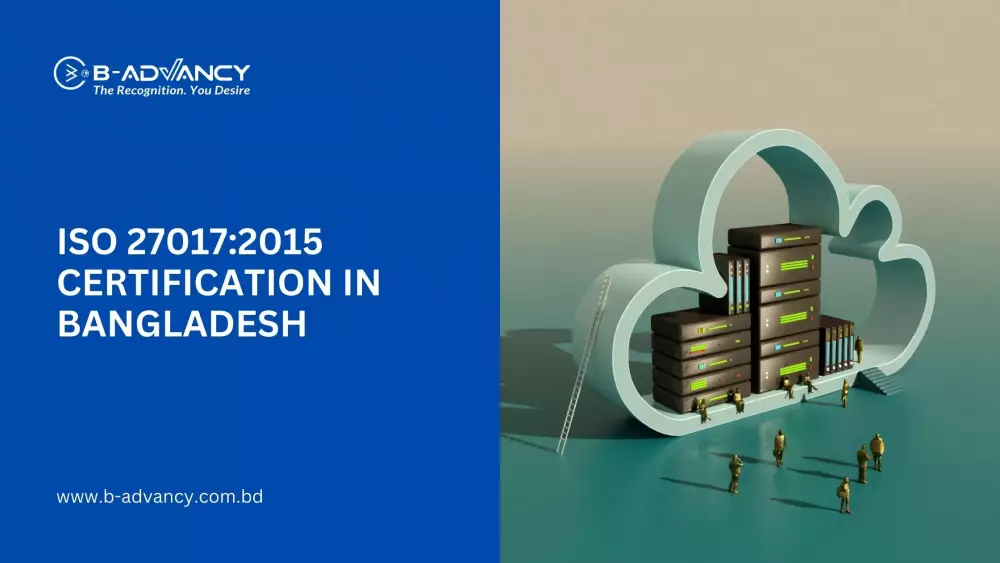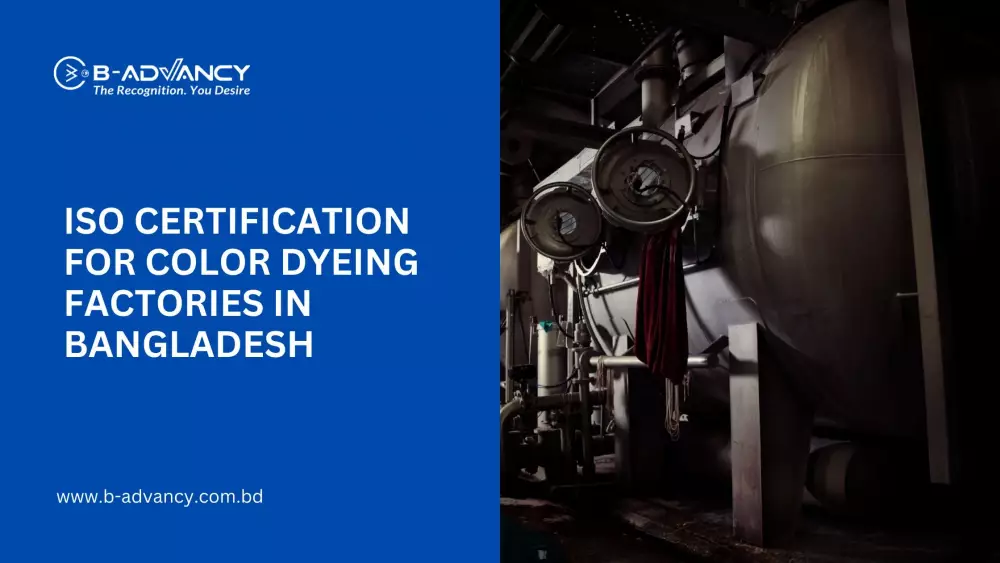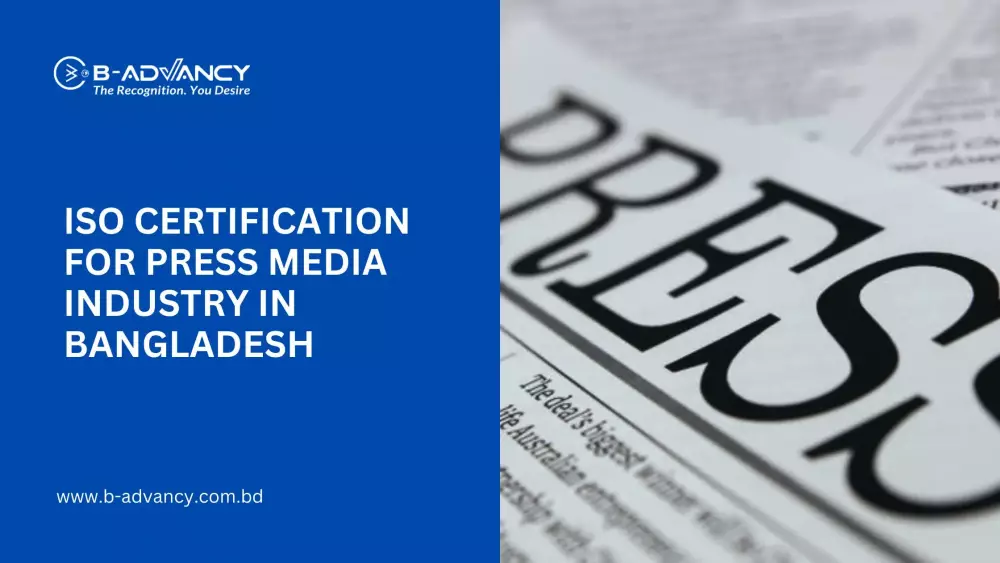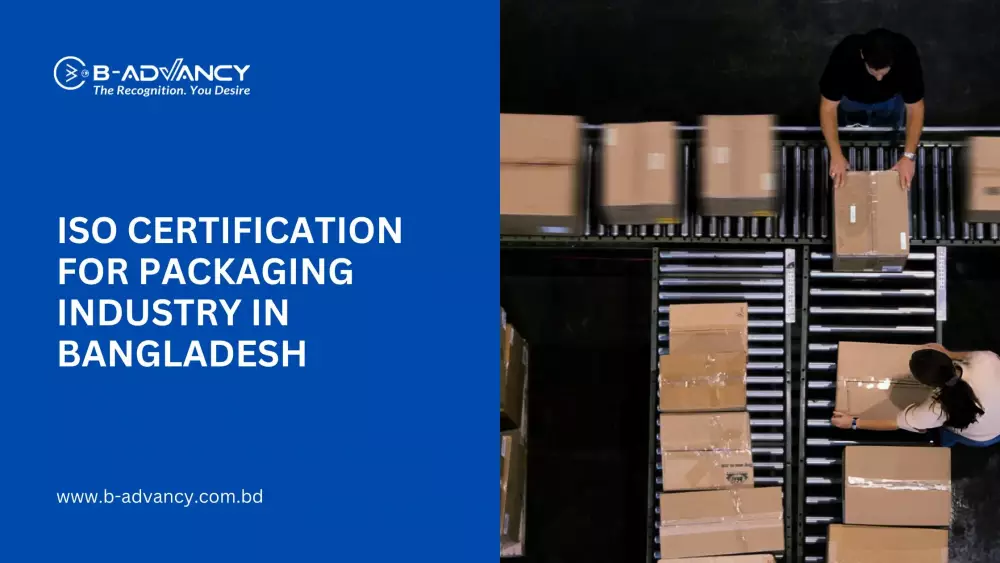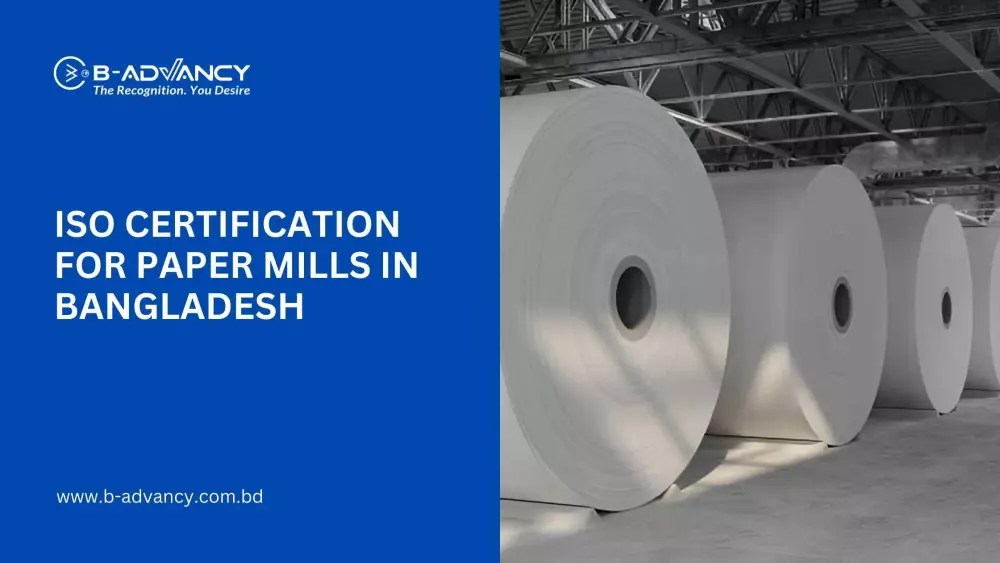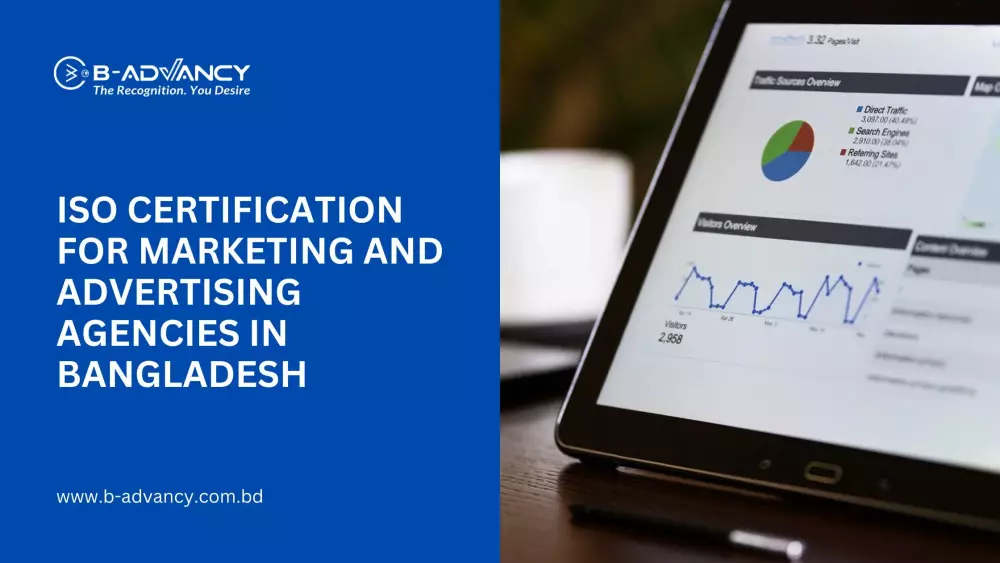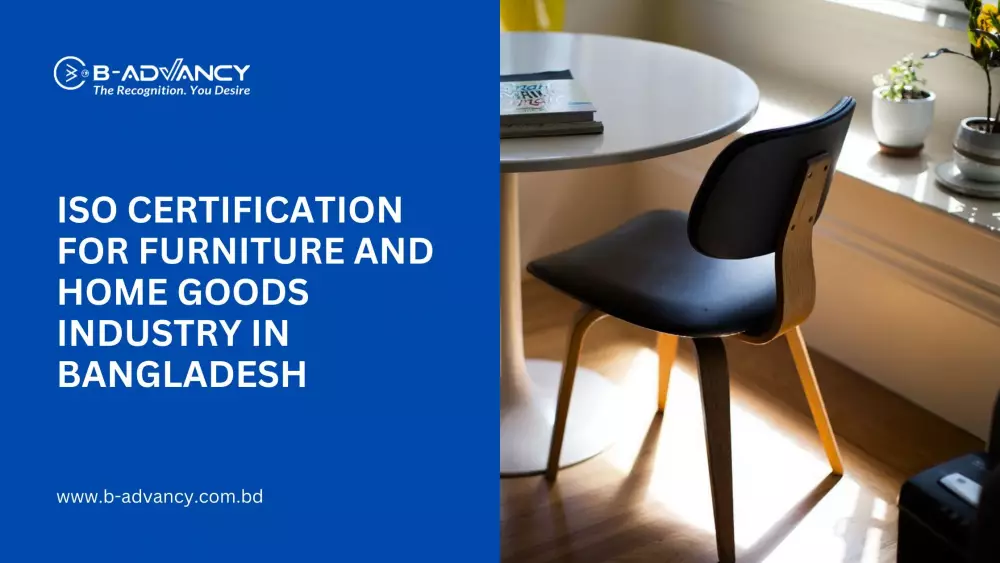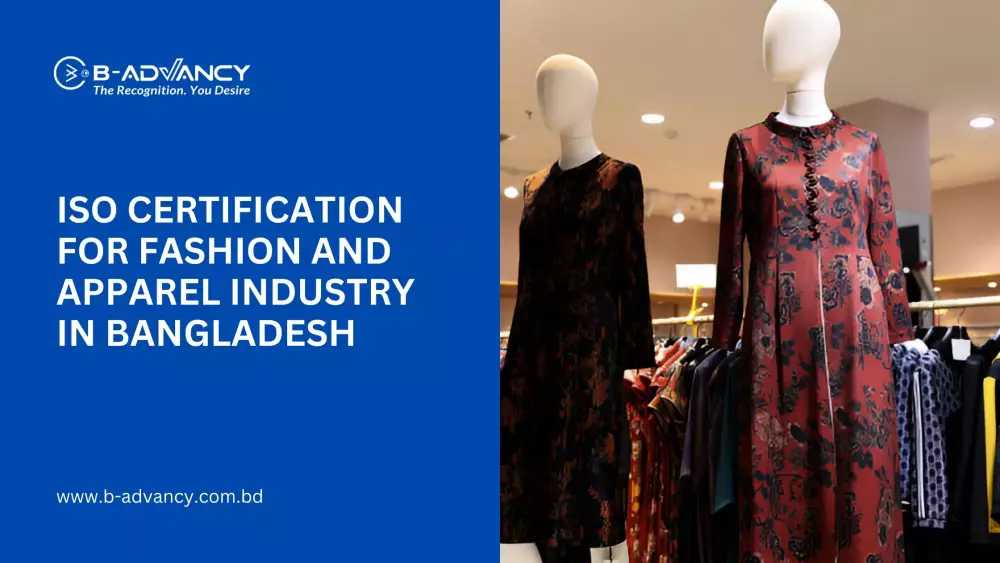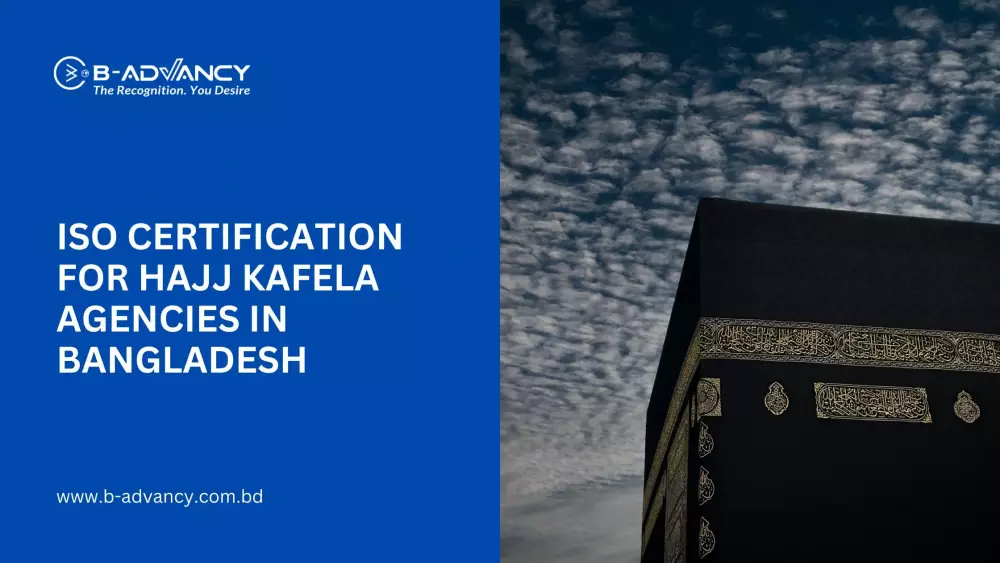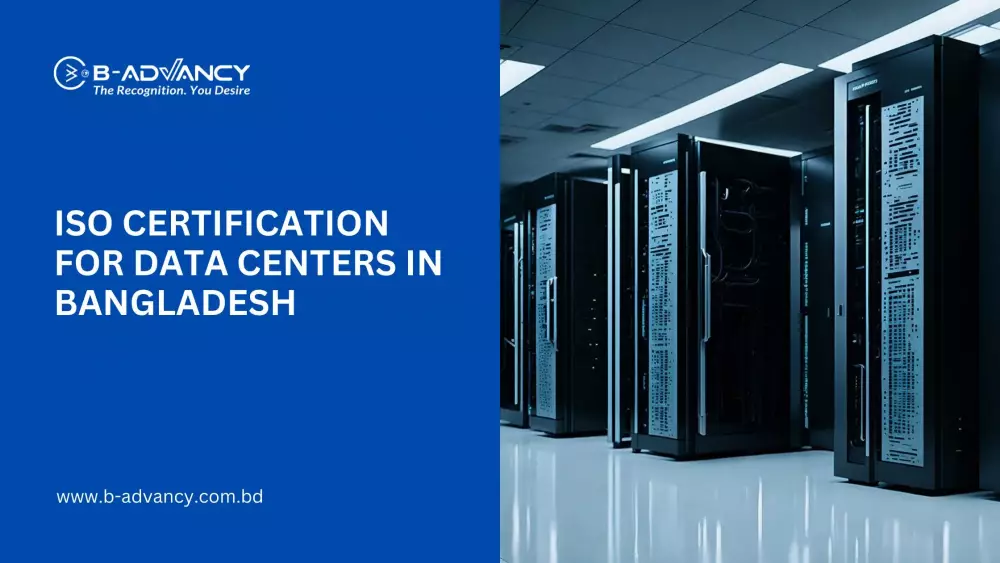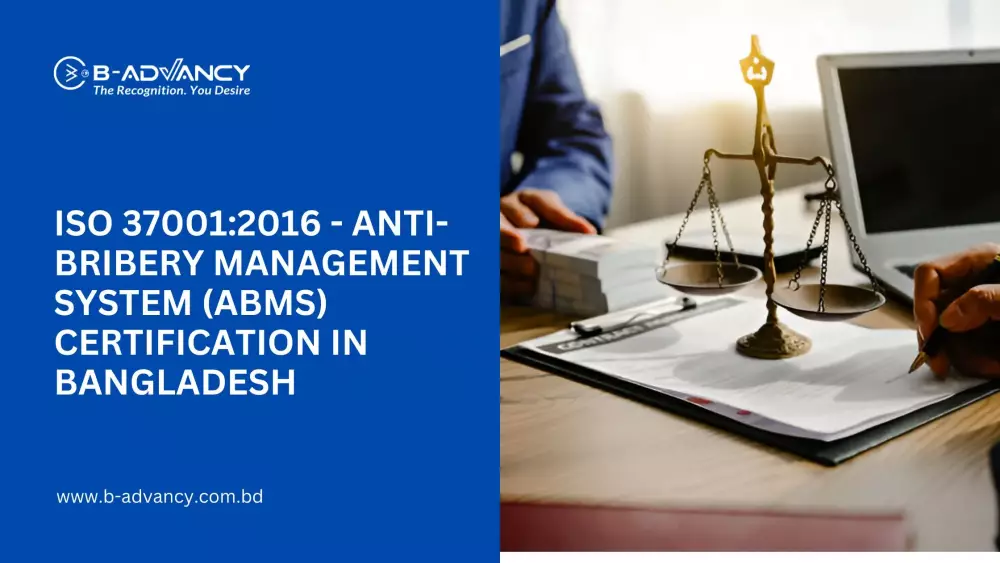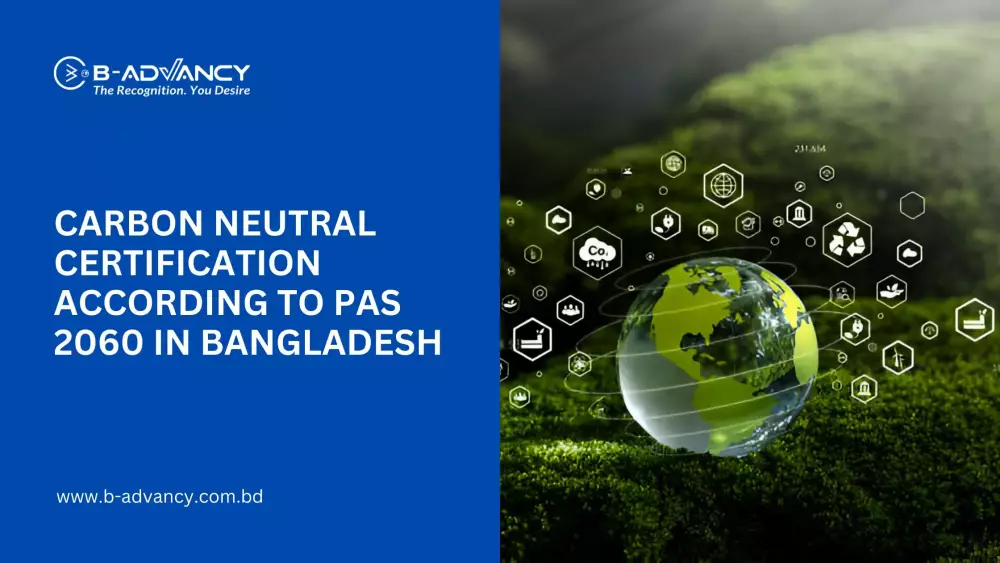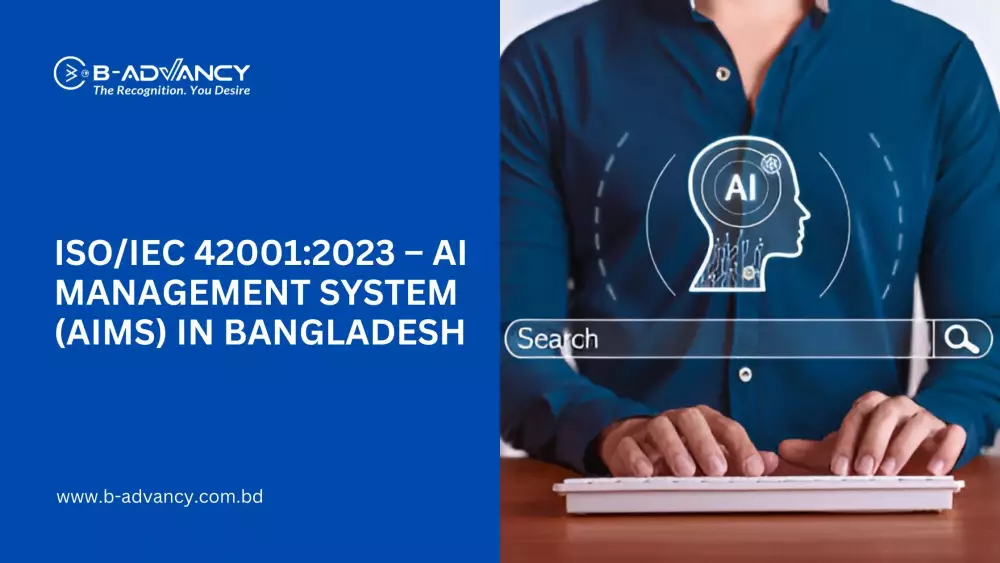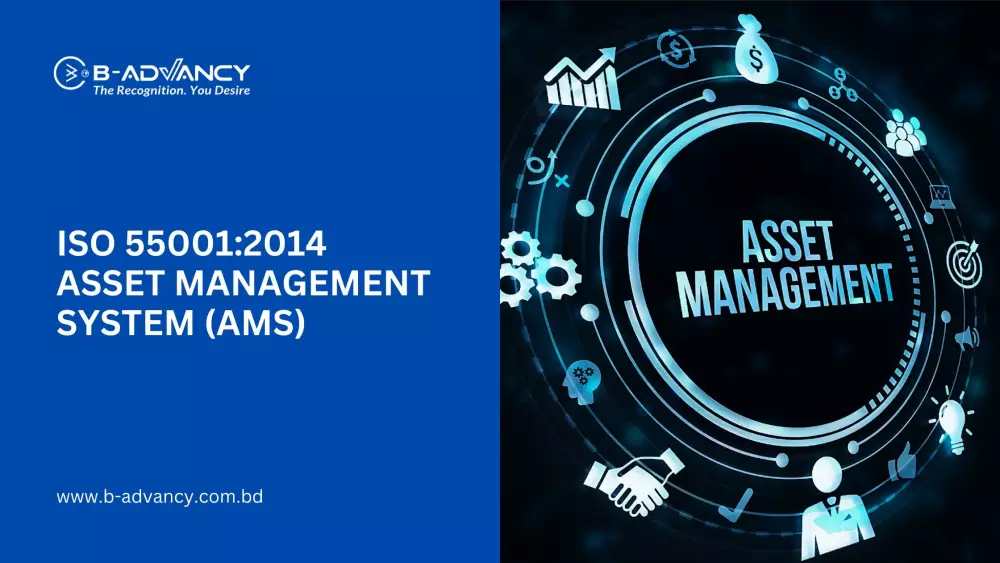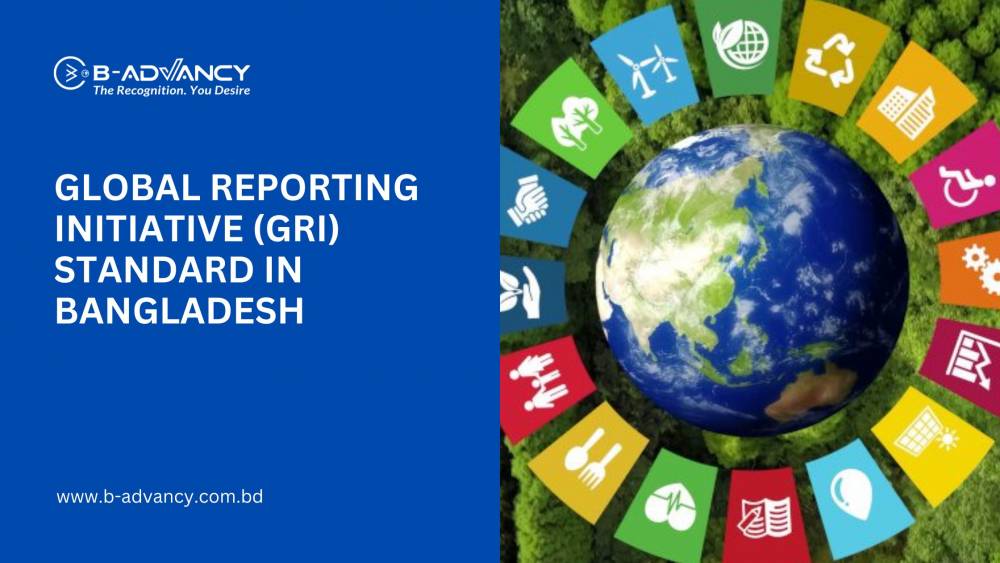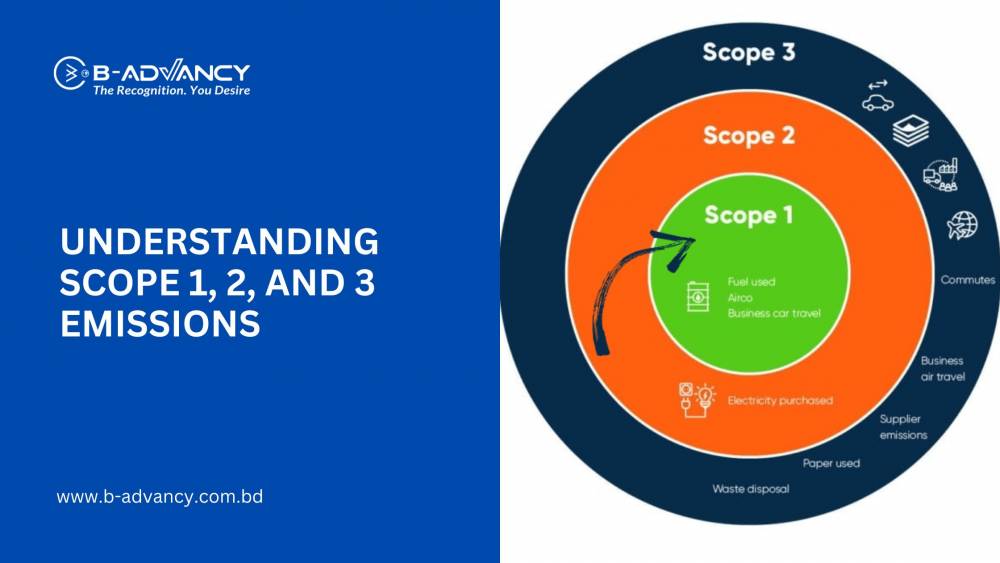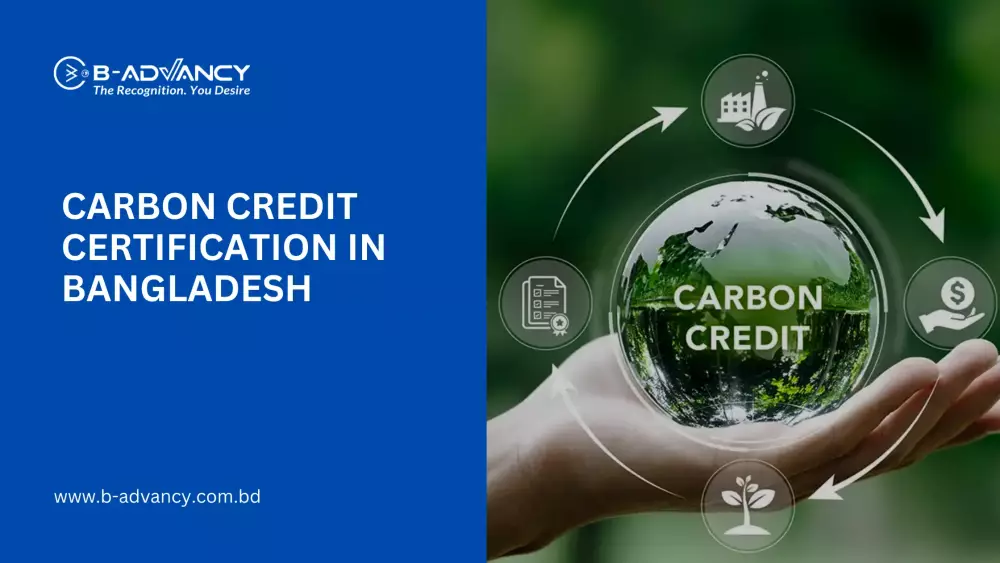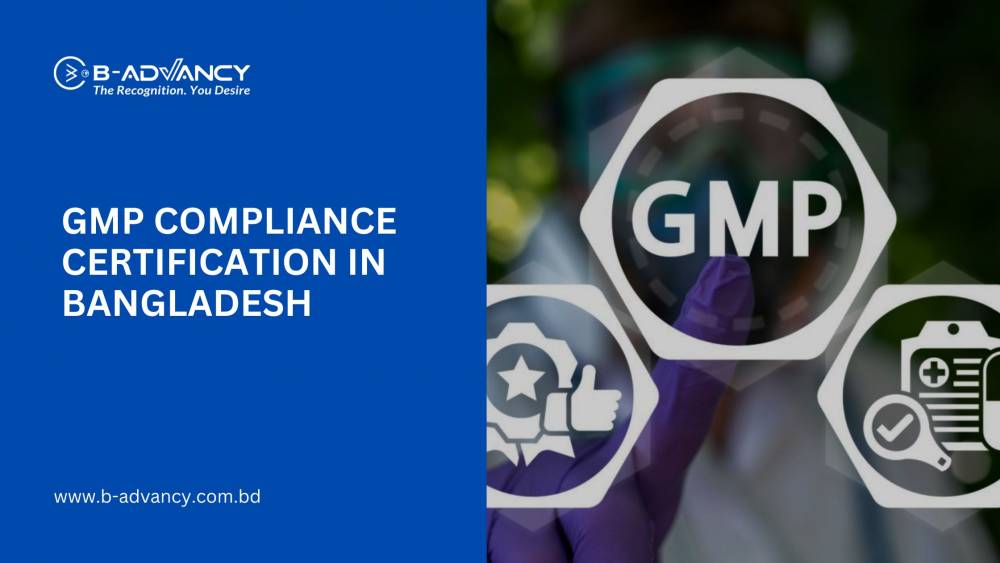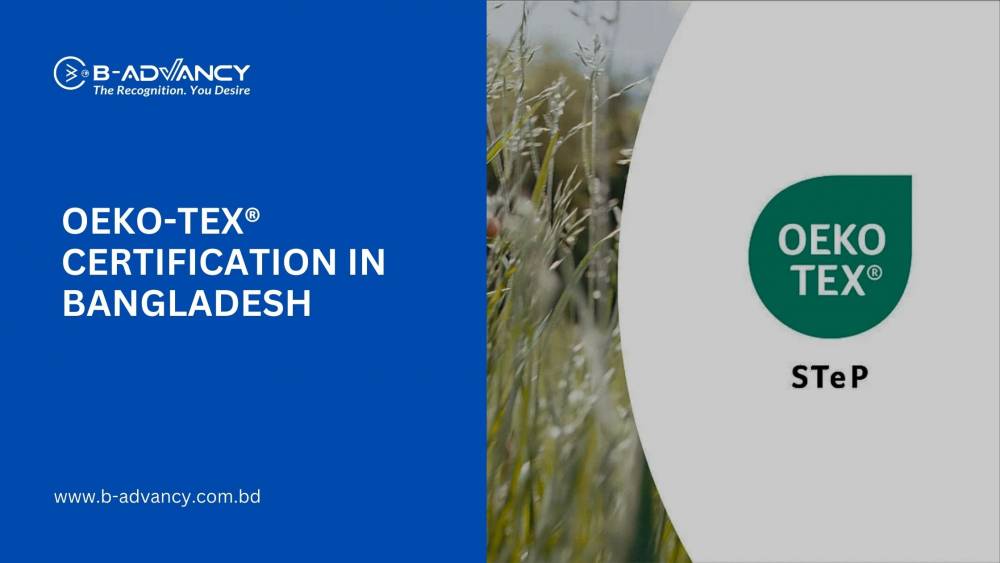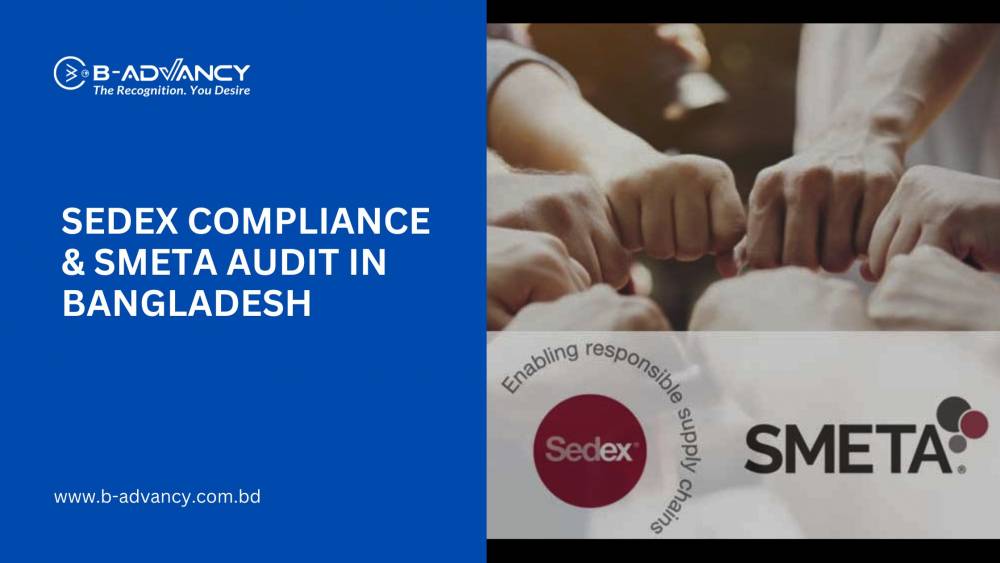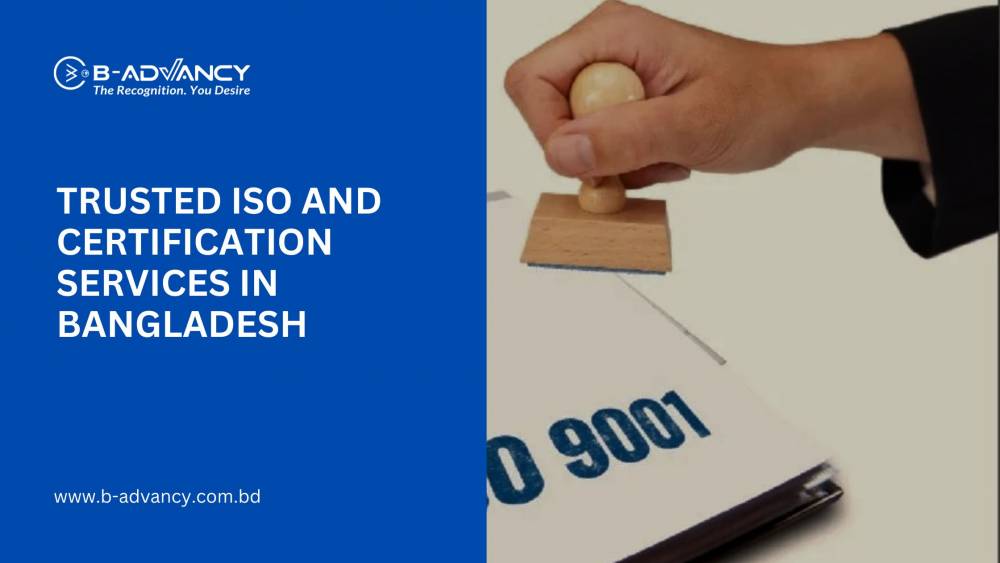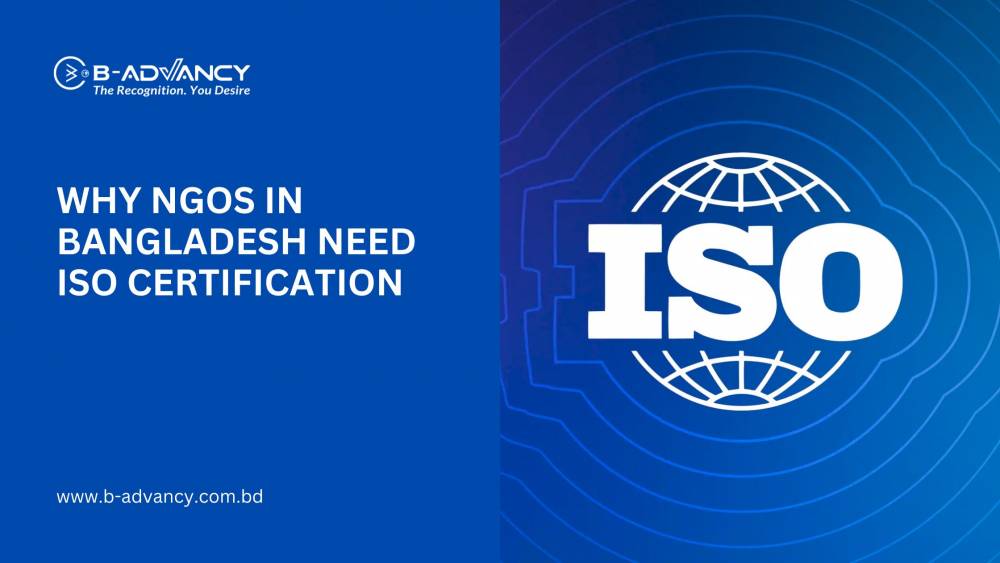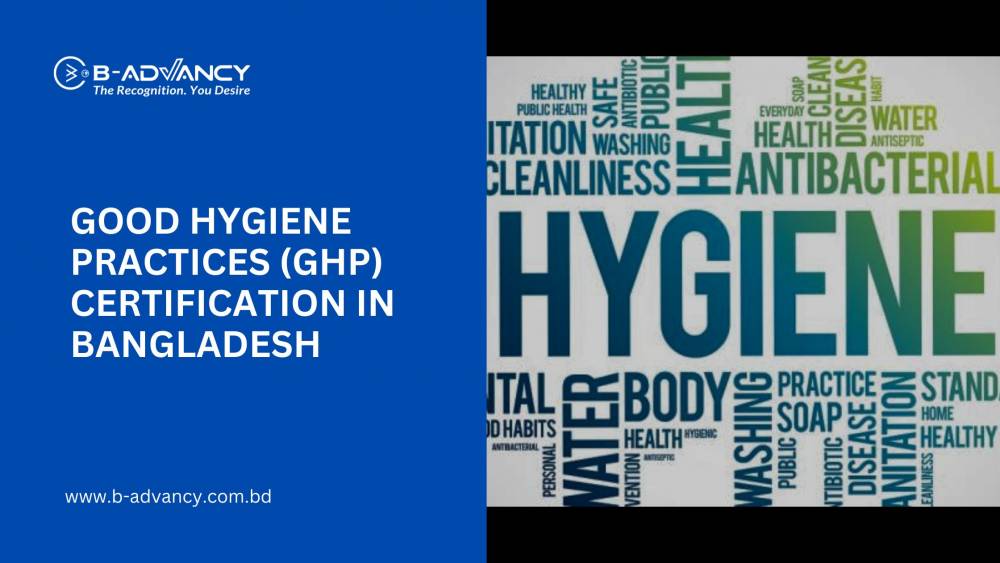Introduction
Welcome to our comprehensive guide on ISO 14001 certification in Bangladesh. In a rapidly developing country like Bangladesh, ensuring environmental sustainability is of utmost importance. ISO 14001 certification provides organizations with a systematic approach to managing their environmental impact and demonstrating their commitment to sustainable practices. In this blog post, we will explore the certification process, highlight real-world examples and case studies, and provide you with valuable insights to embark on your journey towards ISO 14001 certification.
Understanding ISO 14001 Certification
ISO 14001 is an internationally recognized standard that outlines the requirements for an effective environmental management system (EMS). It helps organizations identify and manage their environmental aspects, reduce pollution, comply with regulations, and continuously improve their environmental performance. Studies have shown that ISO 14001-certified organizations experience various benefits, including cost savings, improved public image, and enhanced regulatory compliance.
ISO 14001 Certification Process:
Gap Analysis and Initial Assessment: Conduct a thorough assessment of your current environmental practices and identify areas for improvement.
Example: An industrial manufacturing company in Bangladesh conducts a gap analysis and realizes the need to reduce energy consumption and optimize waste management.
Development of an Environmental Management System (EMS): Establish an EMS tailored to your organization's specific needs and objectives.
Example: A textile company in Bangladesh develops an EMS that focuses on reducing water consumption, adopting sustainable materials, and promoting employee awareness.
Implementation of the EMS: Roll out the EMS across your organization and ensure that all employees are trained and engaged in environmental initiatives.
Example: An IT services company in Bangladesh implements the EMS, appoints an environmental champion, and conducts regular training sessions on energy conservation and recycling.
Internal Audit and Management Review: Conduct regular internal audits to assess the effectiveness of your EMS and gather feedback from management and employees.
Example: A pharmaceutical company in Bangladesh performs internal audits to identify areas for improvement and implements corrective actions to address non-conformities.
Certification Audit by an Accredited Certification Body: Engage an accredited certification body to conduct a thorough audit of your EMS and assess compliance with ISO 14001 requirements.
Example: A construction company in Bangladesh undergoes a certification audit, showcasing their commitment to sustainable construction practices, waste reduction, and proper disposal.
Preparing for ISO 14001 Certification:
To successfully achieve ISO 14001 certification, it is crucial to:
➤ Identify key stakeholders, such as employees, suppliers, and local communities, and involve them in environmental initiatives.
➤ Establish a clear environmental policy and set measurable objectives to guide your organization's environmental performance.
➤ Define roles and responsibilities to ensure accountability and effective implementation of environmental practices.
➤ Conduct training and awareness programs to educate employees about their roles in achieving environmental targets.
➤ Set up monitoring and measurement processes to track your organization's environmental performance.
Implementing ISO 14001 in Bangladesh:
Bangladesh faces specific environmental challenges, including water pollution, air pollution, and waste management. By integrating ISO 14001 with local regulations and cultural factors, organizations can address these challenges effectively. For instance, a garment factory in Bangladesh can implement sustainable water management practices, utilize eco-friendly dyes, and engage in community initiatives for water conservation.
Overcoming Common Challenges:
Lack of awareness and understanding of ISO 14001: Conduct awareness campaigns and training sessions to educate organizations about the benefits of ISO 14001 certification.
Resource constraints and cost considerations: Showcase the long-term cost savings achieved through improved resource efficiency and waste reduction.
Compliance with local environmental regulations: Align your EMS with local regulations and actively participate in environmental compliance initiatives.
Sustaining the EMS and continuous improvement: Foster a culture of environmental responsibility, encourage employee engagement, and implement a system for regular performance reviews and continual improvement.
Case Studies: Successful ISO 14001 Implementations in Bangladesh
Case Study 1: GreenTech Electronics
GreenTech Electronics, a leading electronics manufacturing company in Bangladesh, embarked on their ISO 14001 certification journey to enhance their environmental performance. By implementing an EMS, they successfully reduced their energy consumption by 20% through the adoption of energy-efficient technologies and optimized production processes. Additionally, they implemented a comprehensive waste management system, resulting in a 30% reduction in waste generation. GreenTech Electronics' commitment to environmental sustainability has not only improved their operational efficiency but also enhanced their brand reputation and increased customer trust.
Case Study 2: Eco-Textiles Ltd.
Eco-Textiles Ltd., a textile manufacturer in Bangladesh, recognized the need to address their environmental impact and achieve ISO 14001 certification. Through the implementation of an EMS, they introduced water-saving measures, including the installation of water recycling systems, resulting in a 40% reduction in water consumption per unit of production. They also focused on minimizing waste by implementing recycling initiatives and promoting the use of sustainable materials. As a result, Eco-Textiles Ltd. witnessed increased profitability, attracted eco-conscious customers, and gained a competitive advantage in the market.
Conclusion:
ISO 14001 certification provides organizations in Bangladesh with a comprehensive framework to manage their environmental impact and contribute to sustainable development. By following the step-by-step certification process, organizations can improve their environmental performance, achieve cost savings, comply with regulations, and enhance their brand reputation. Real-world examples and case studies demonstrate the tangible benefits that organizations in Bangladesh have experienced through ISO 14001 certification. Embracing ISO 14001 and adopting sustainable practices will not only benefit organizations but also contribute to a greener and more sustainable future for Bangladesh.

